Wewurukannala Raja Maha Vihara Temple in Dikwella, Sri Lanka, and A Jataka Tale About The Monkey's Heart
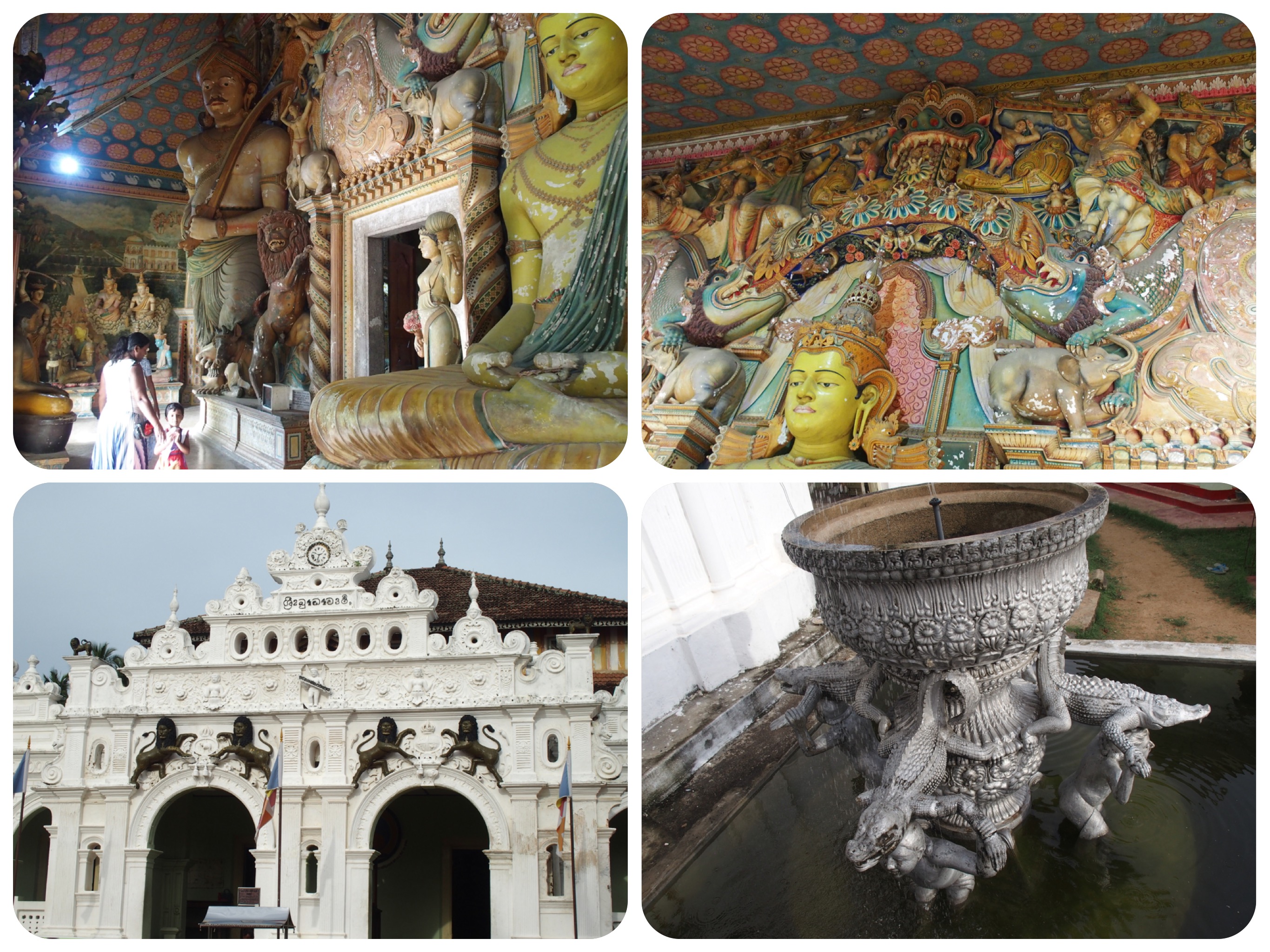
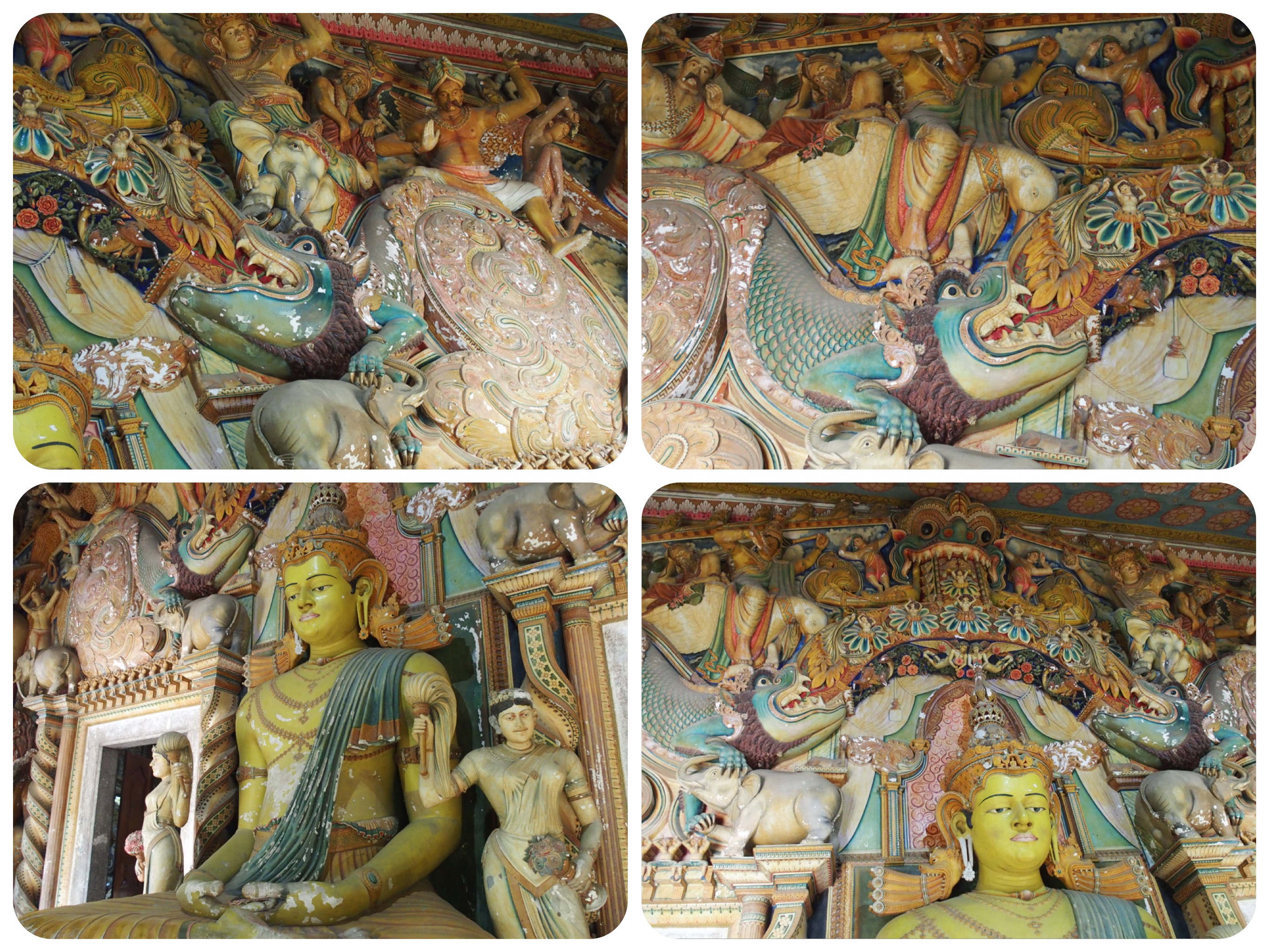





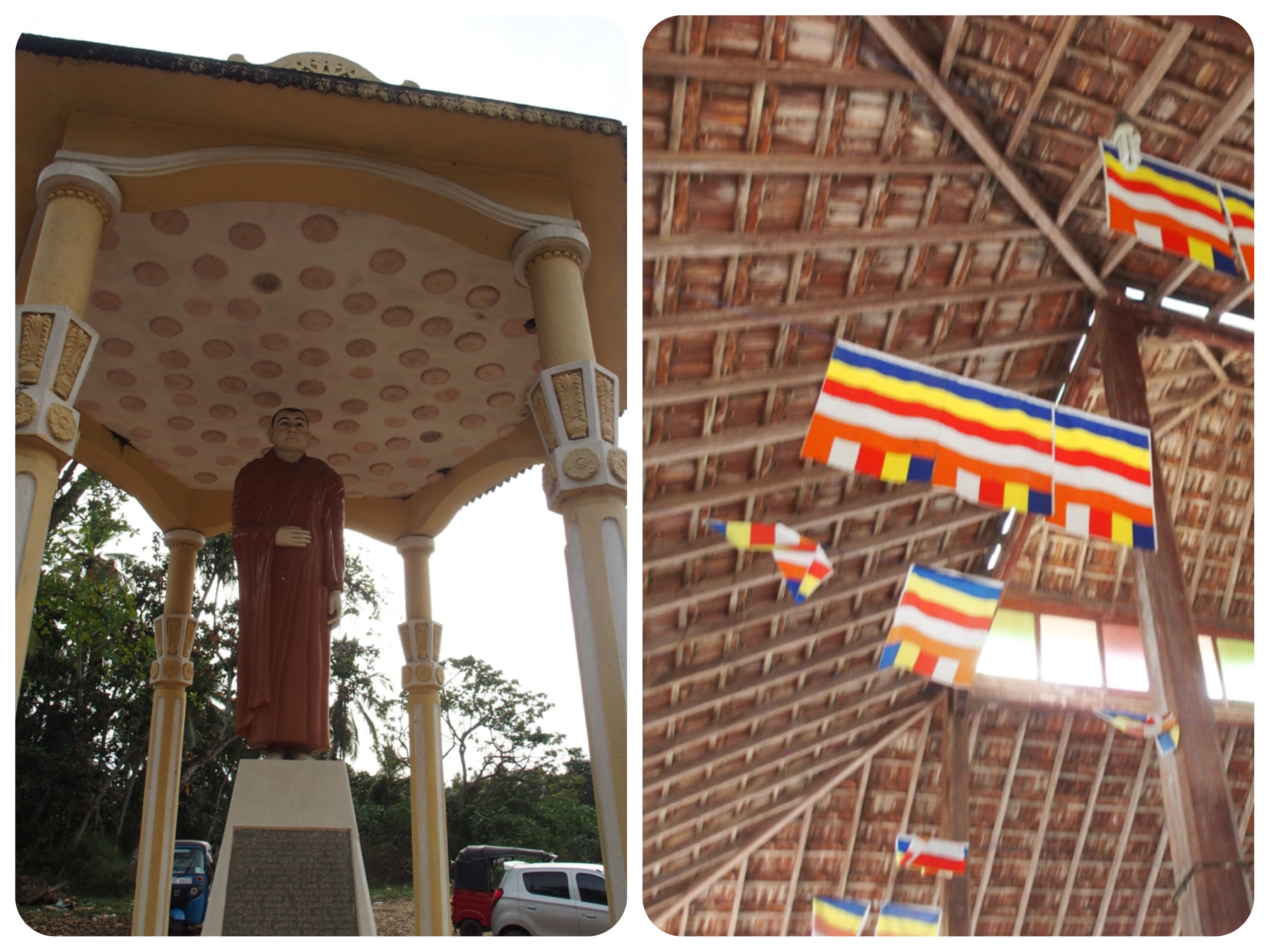
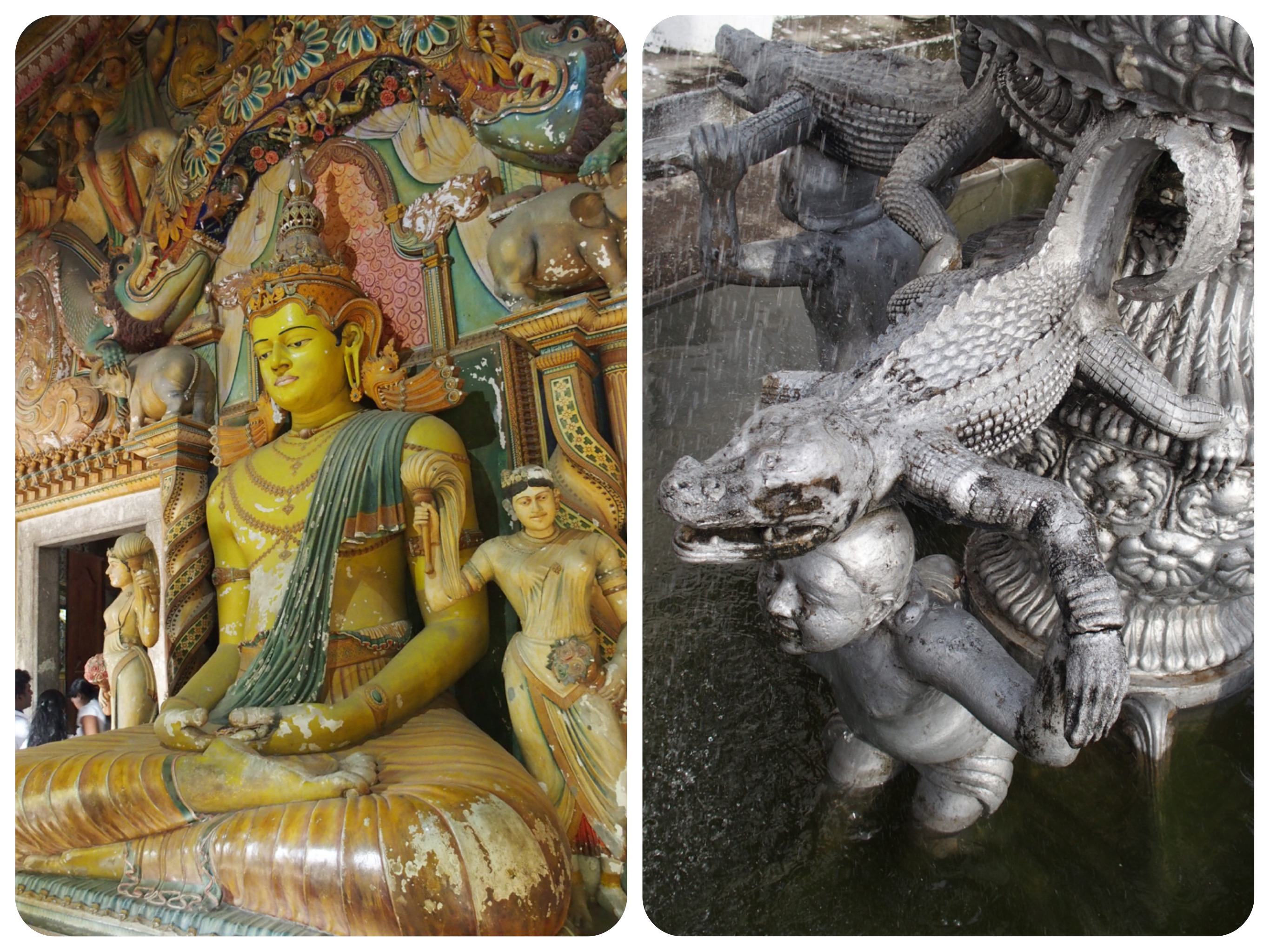

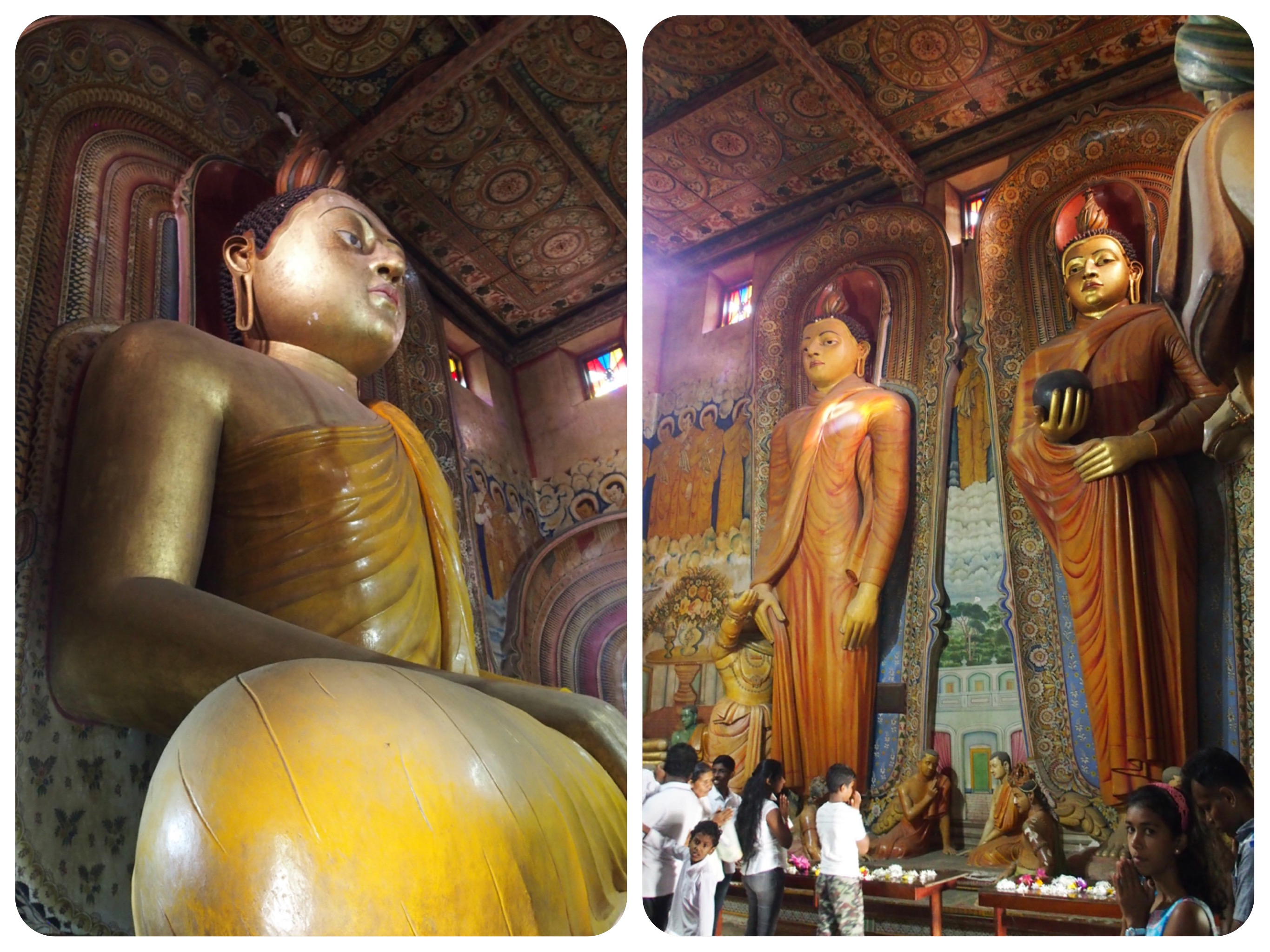


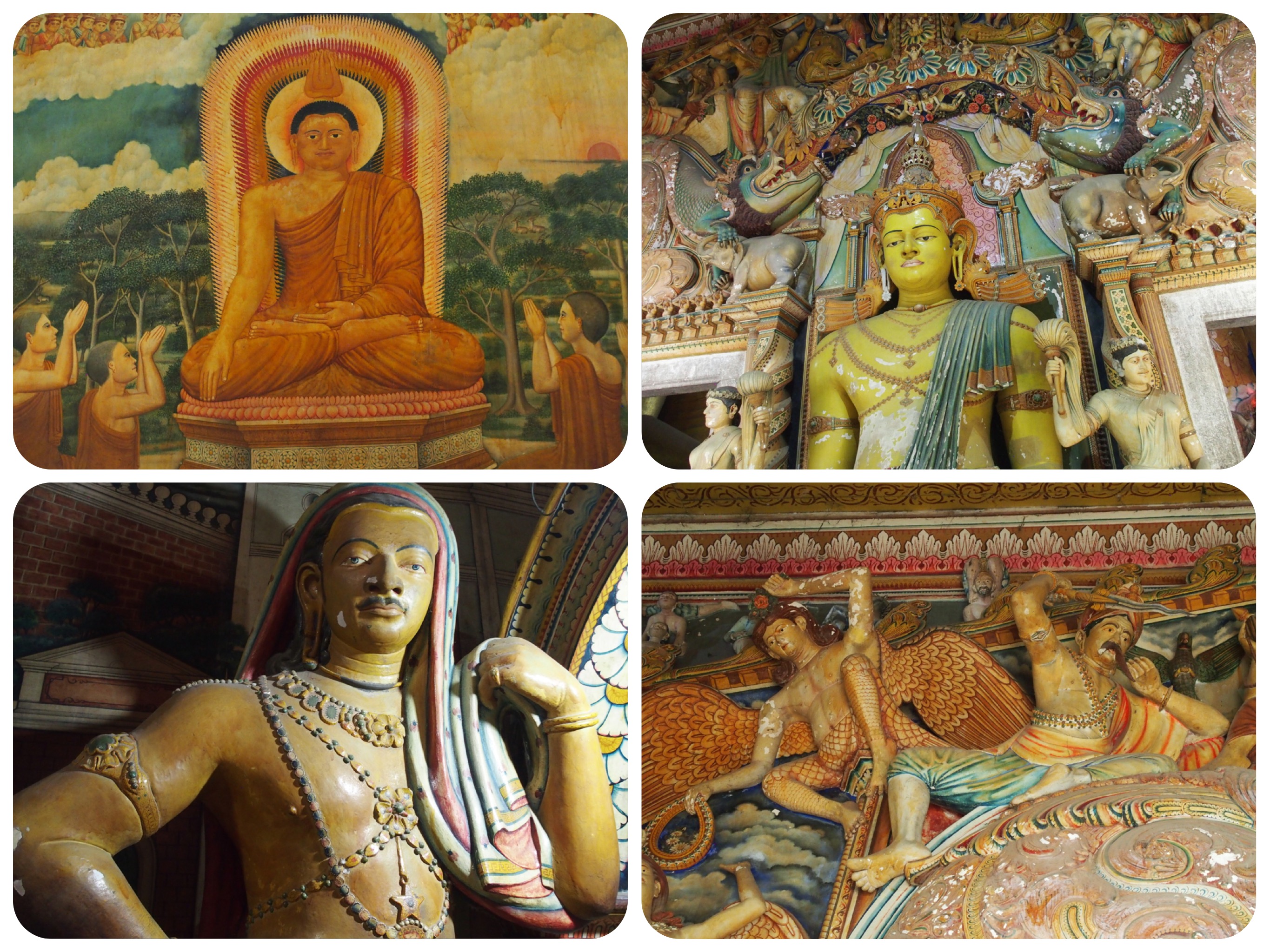
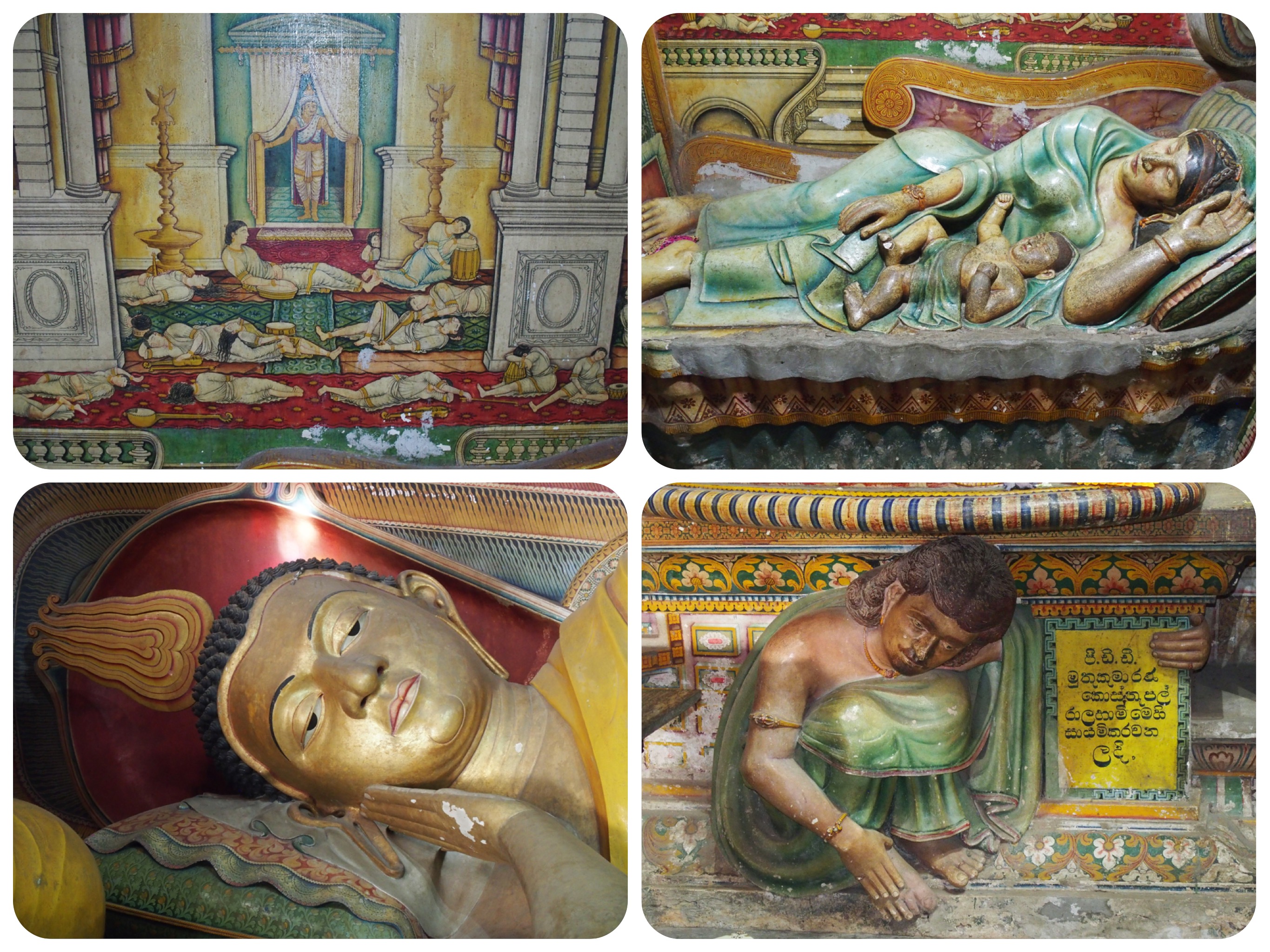
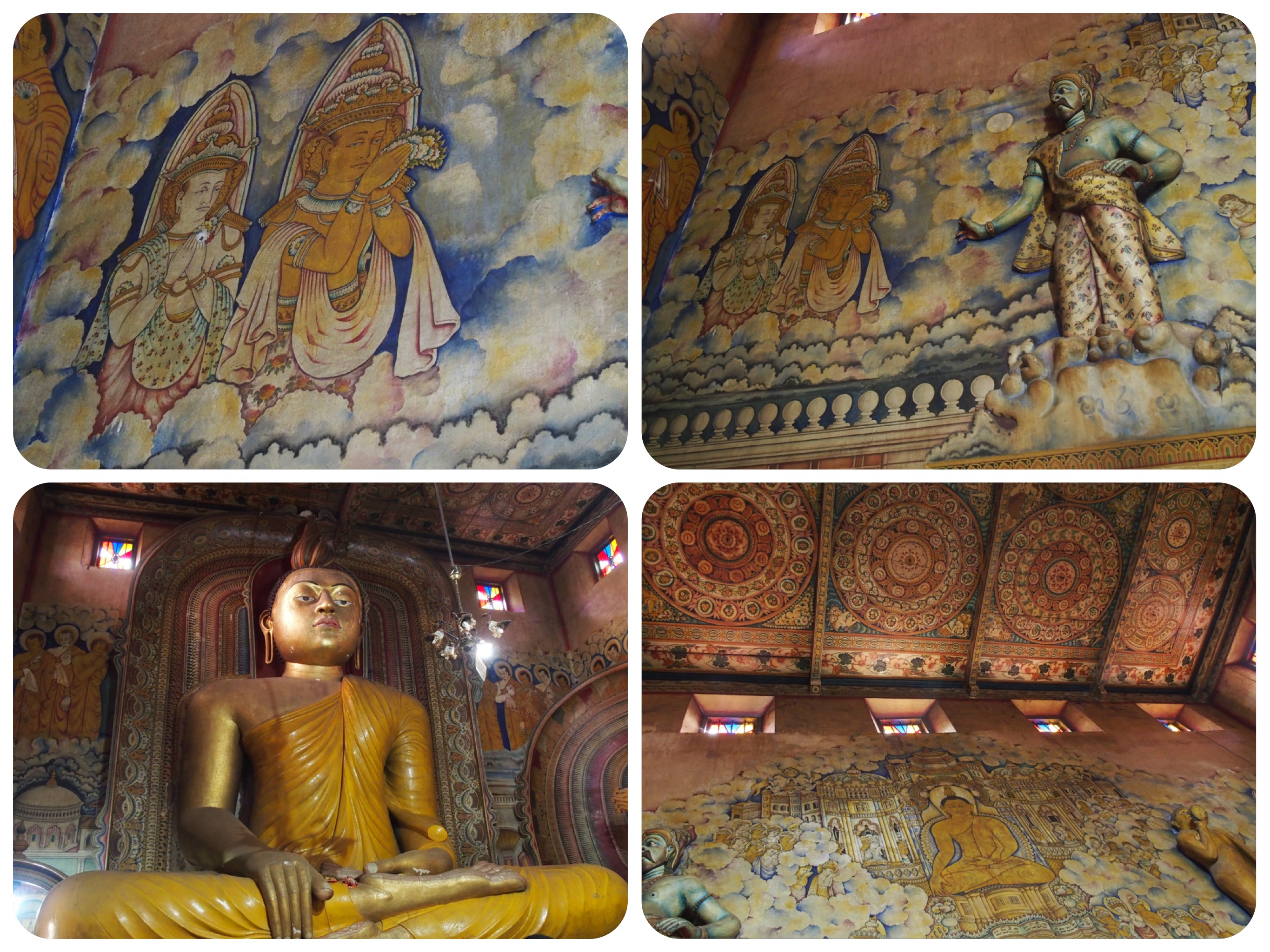
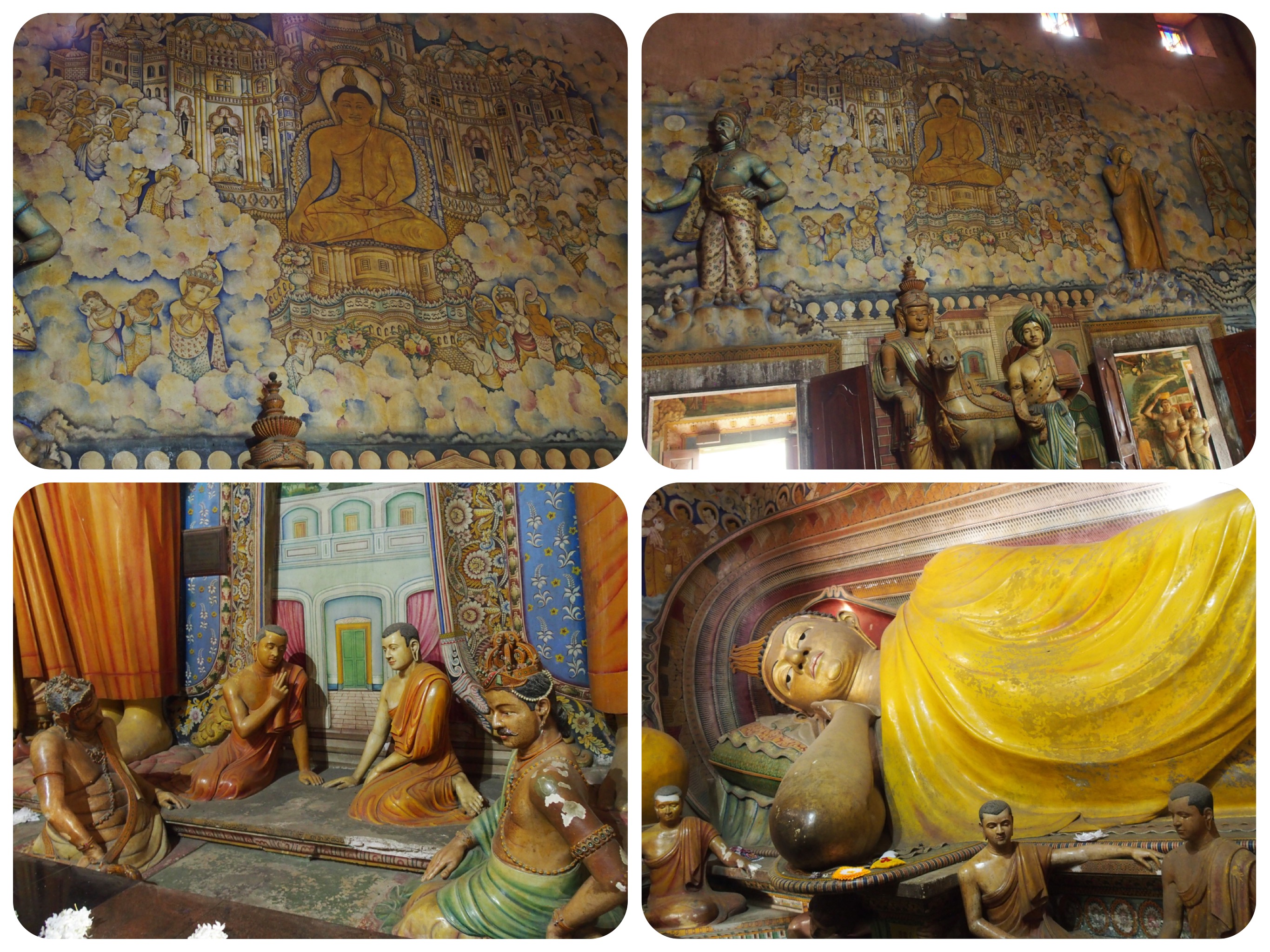
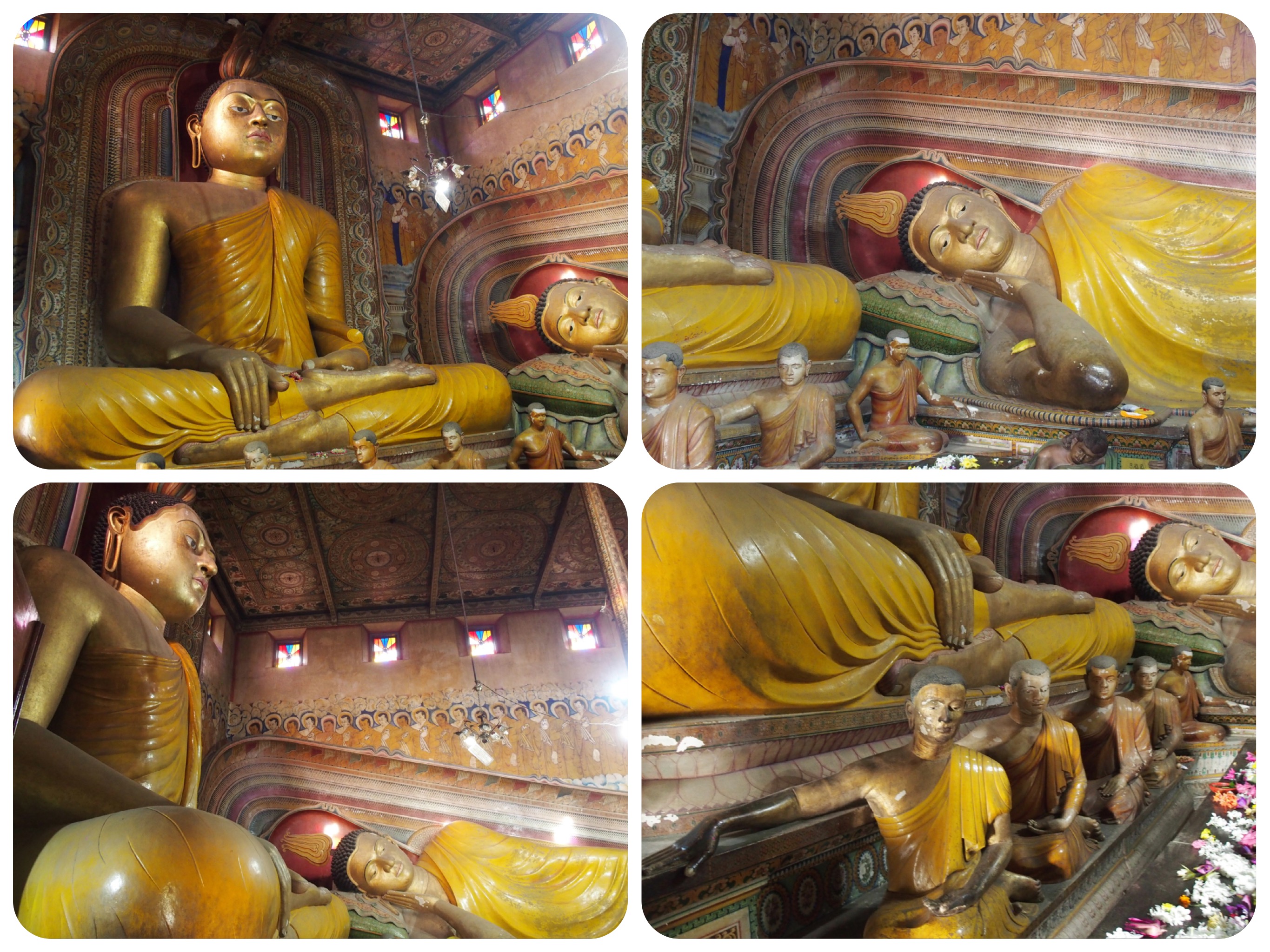

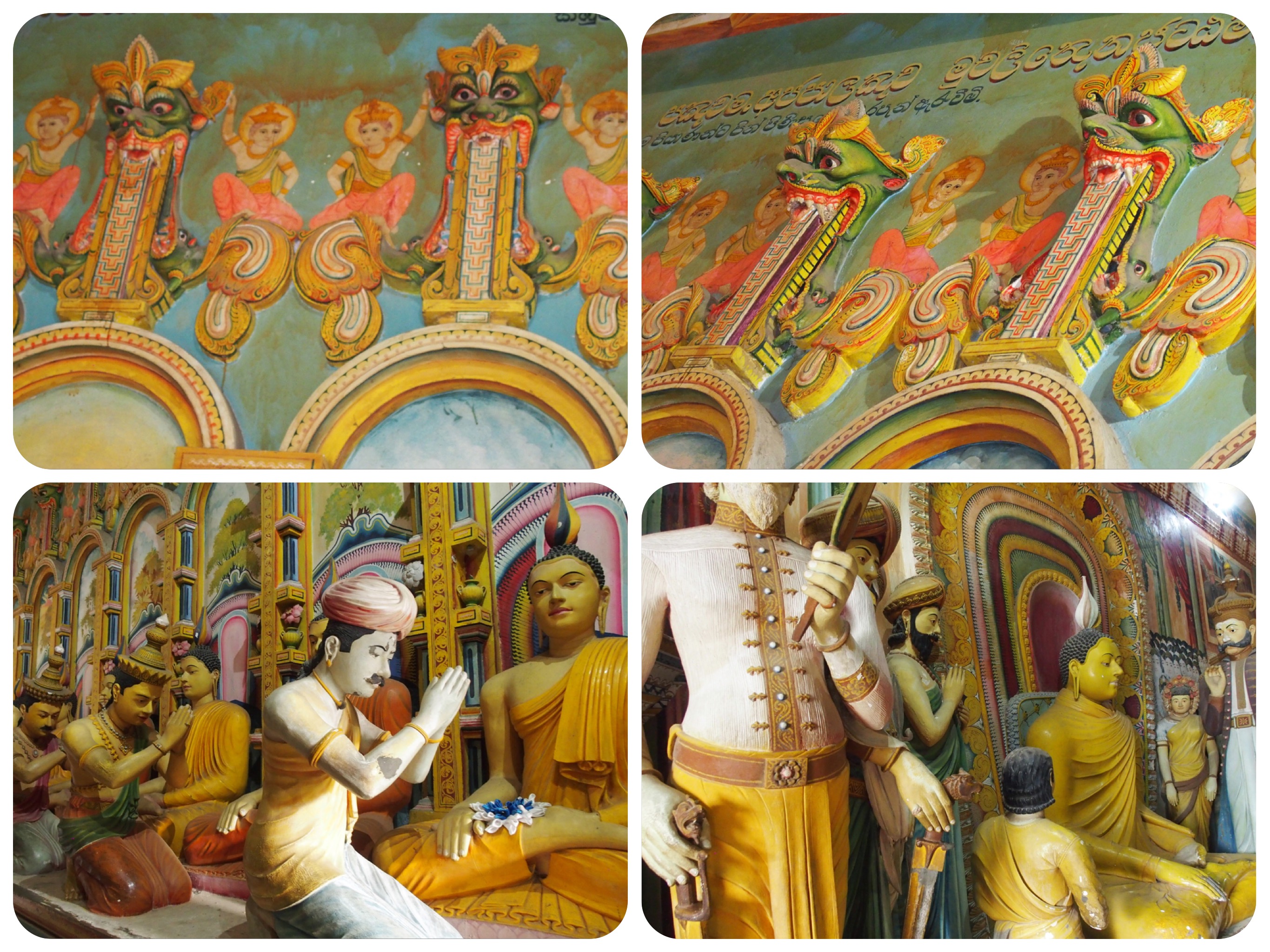
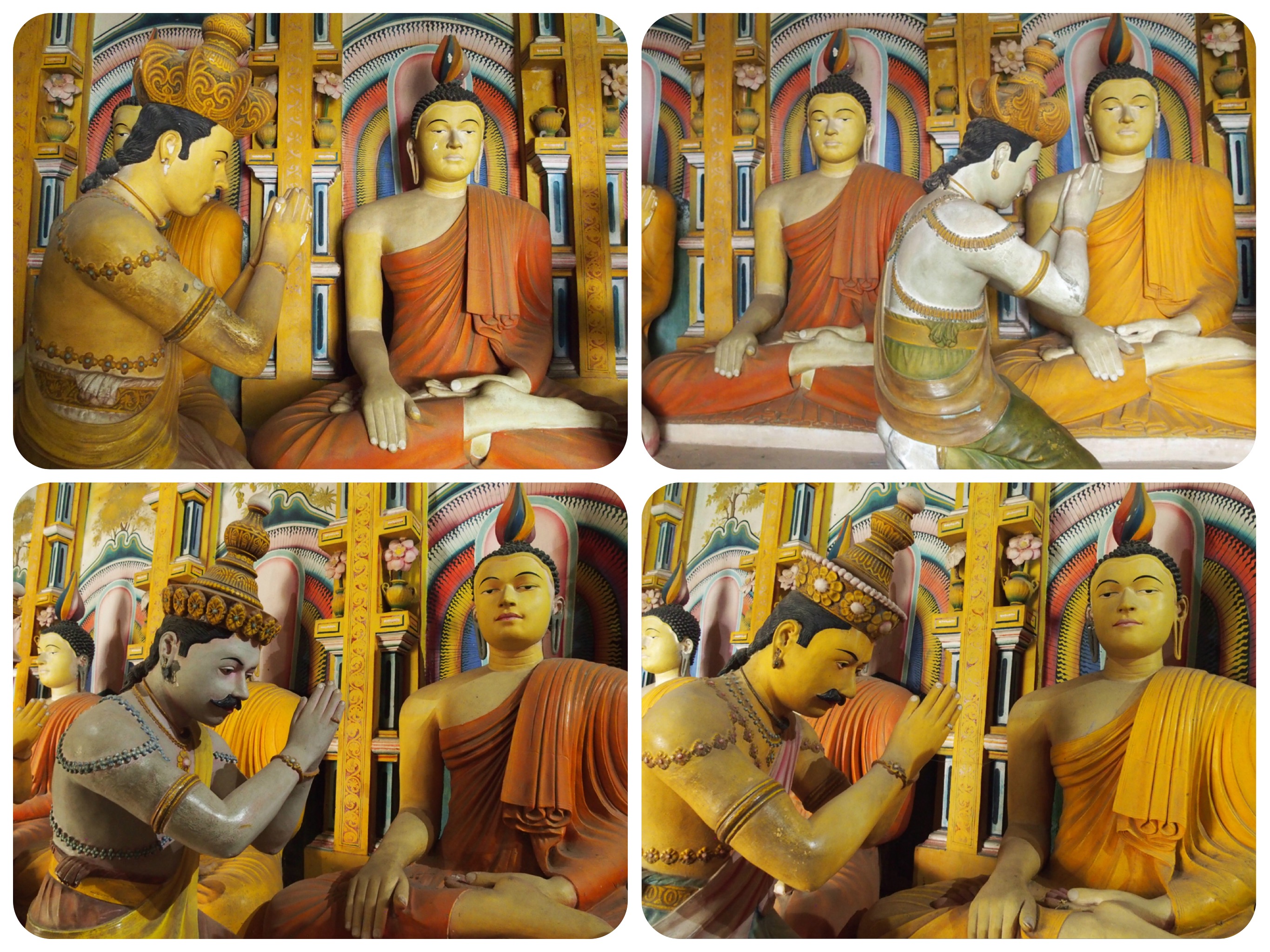
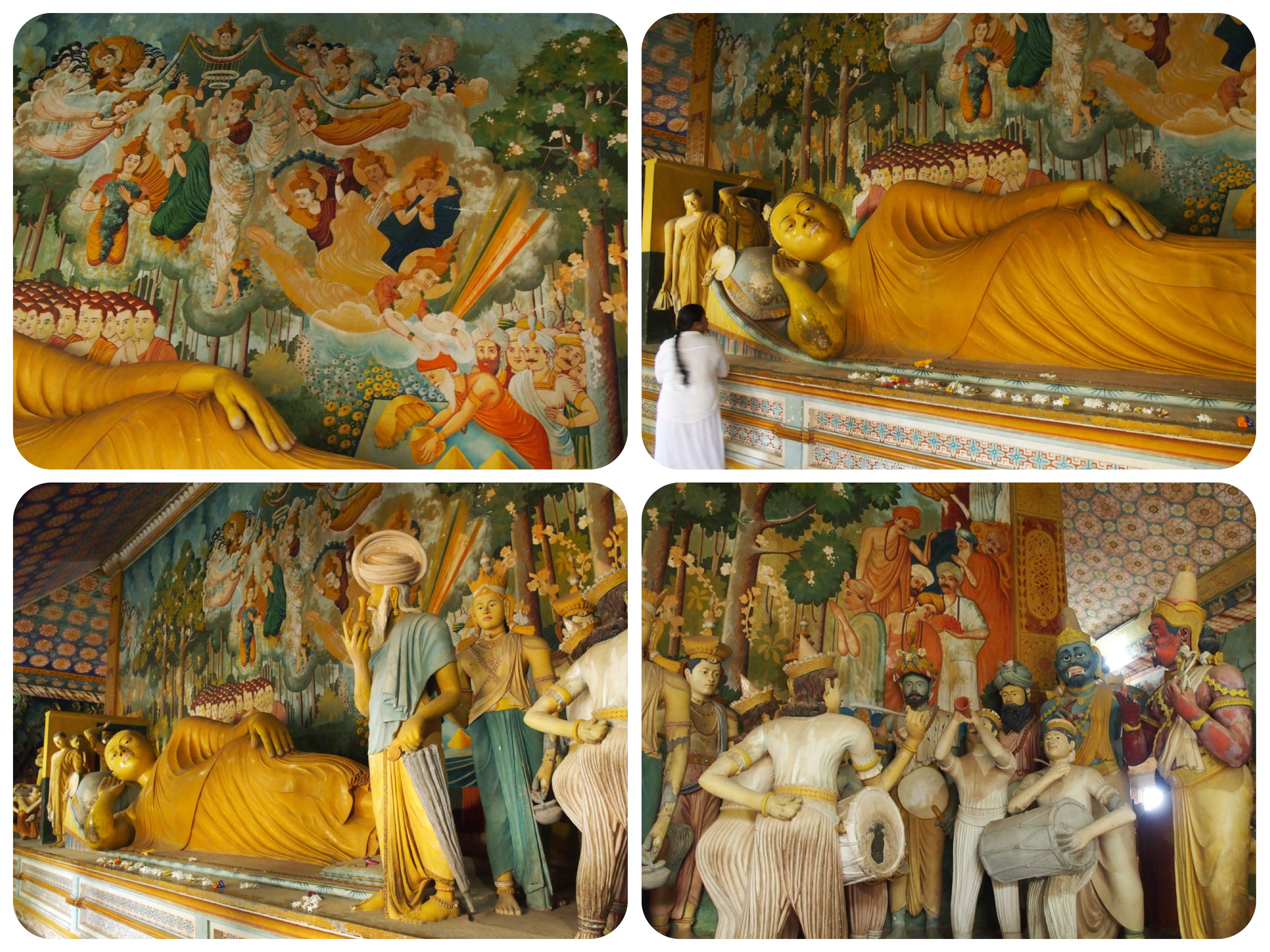
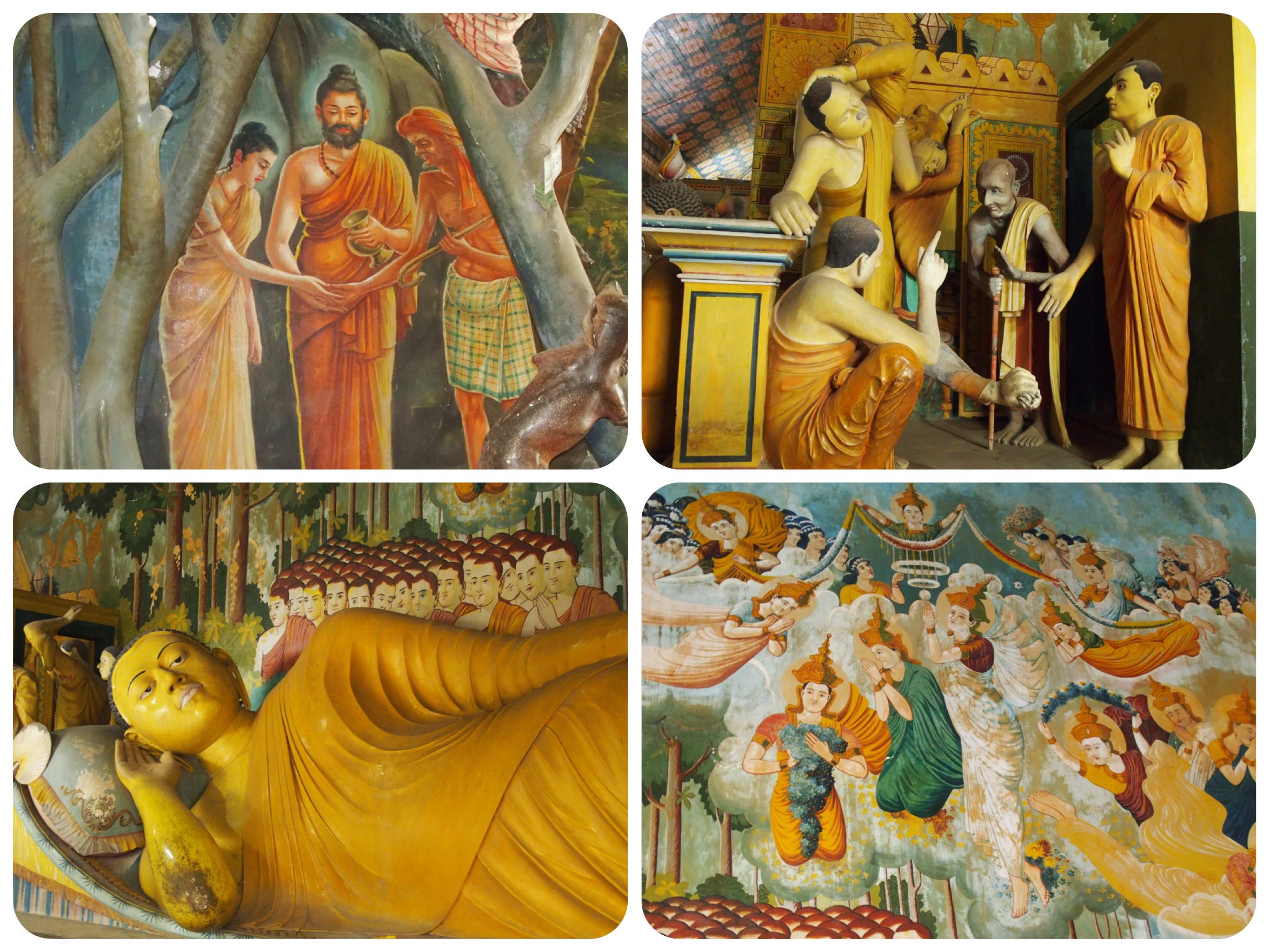
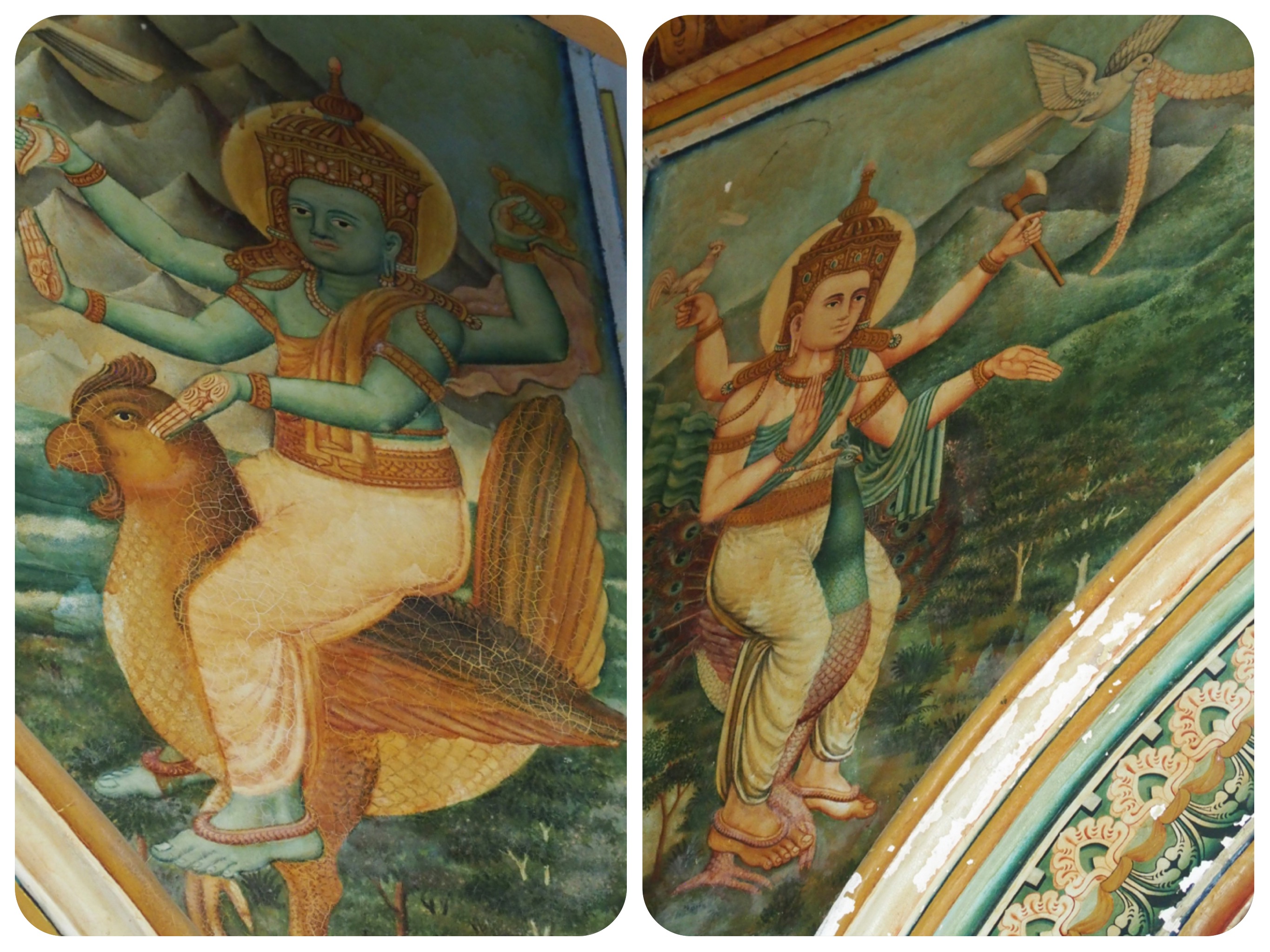

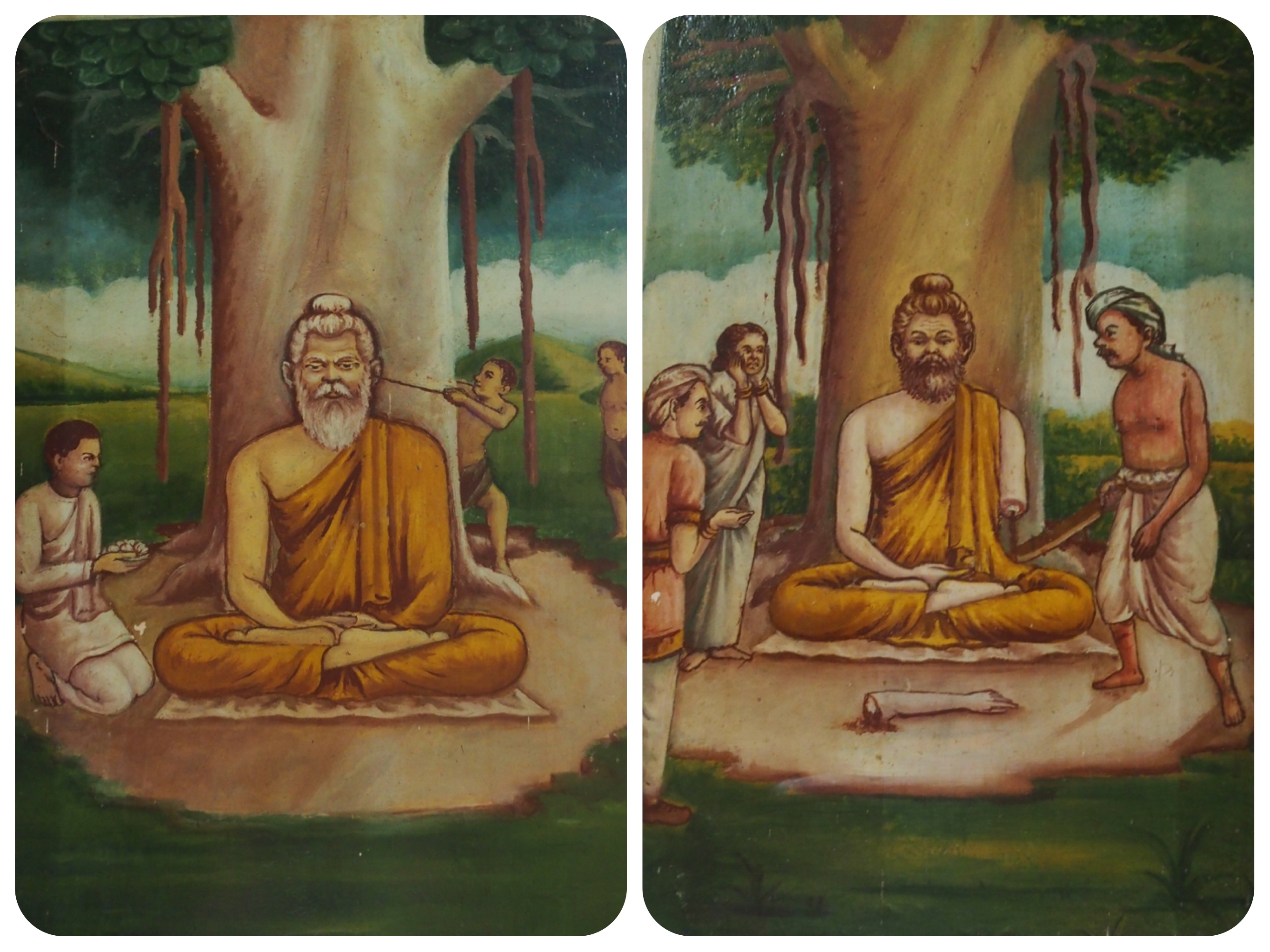
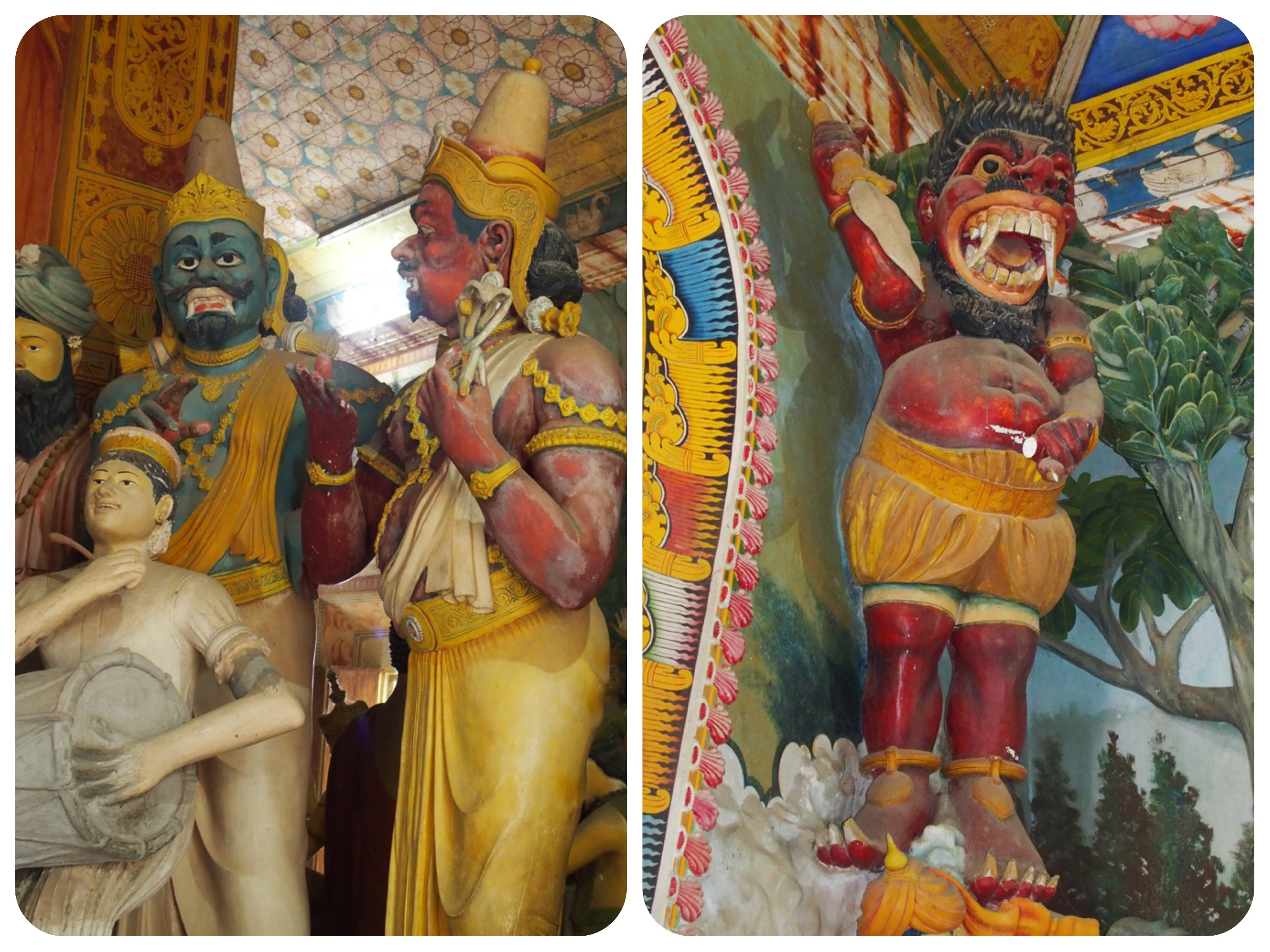
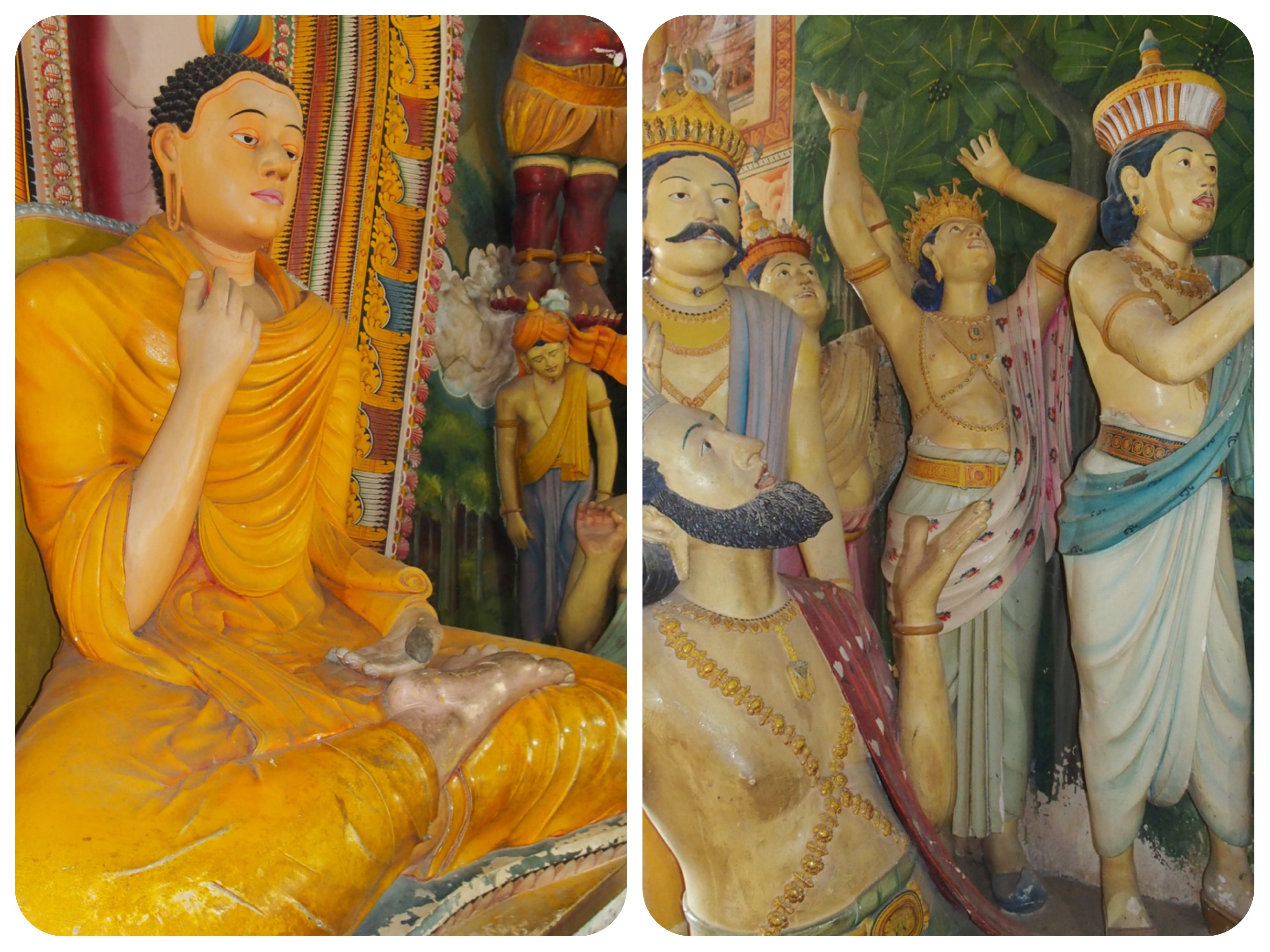
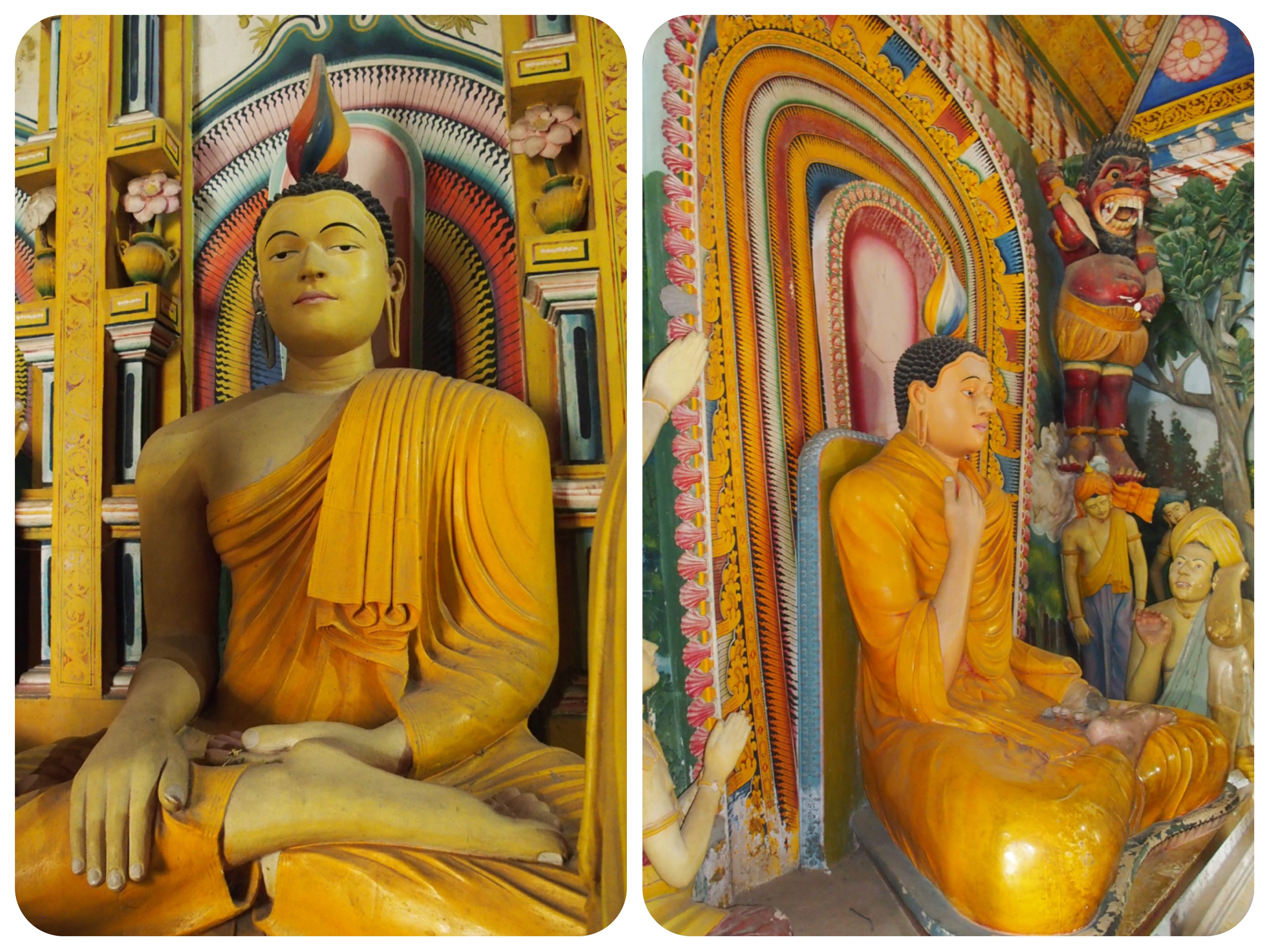
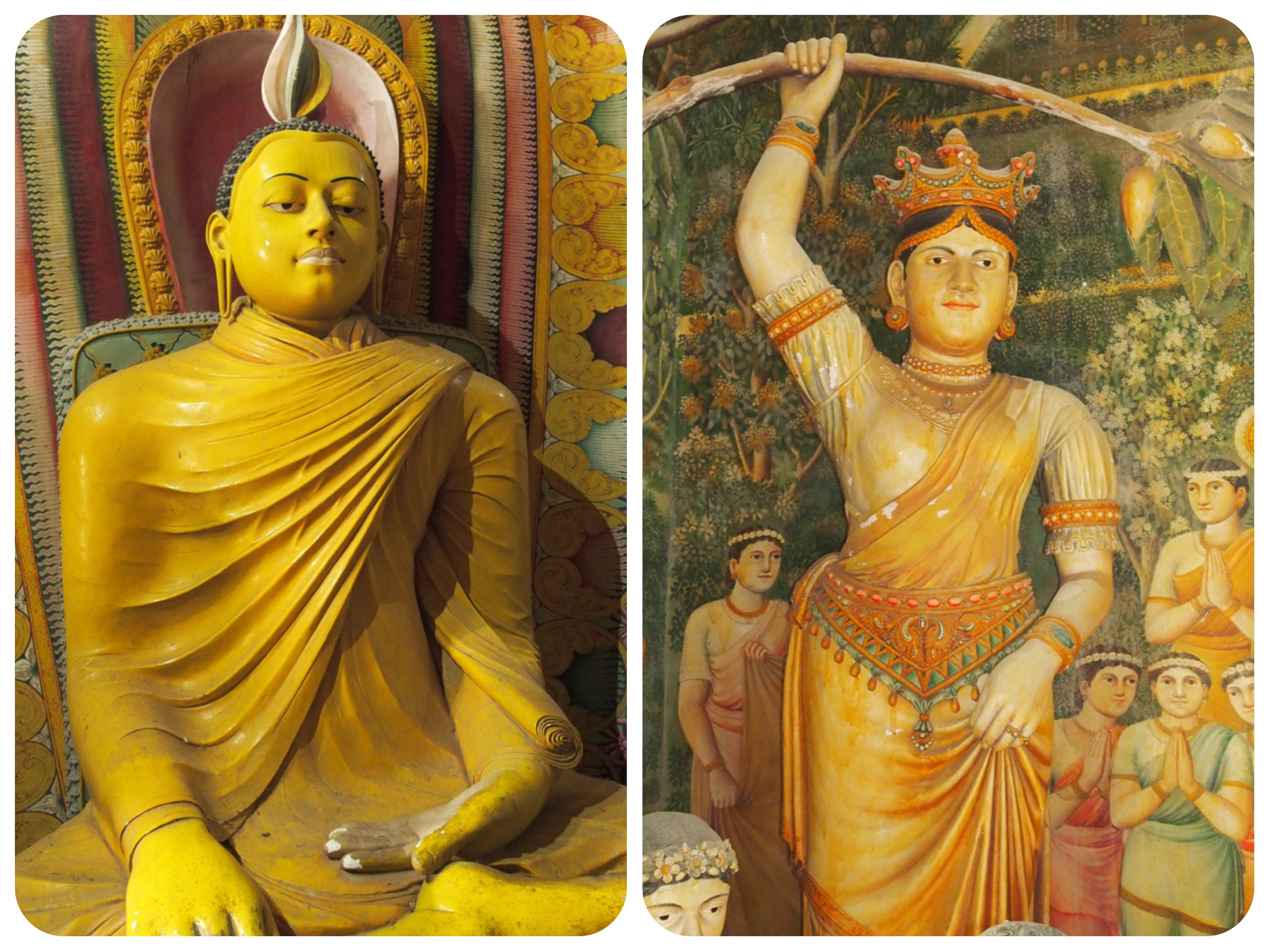
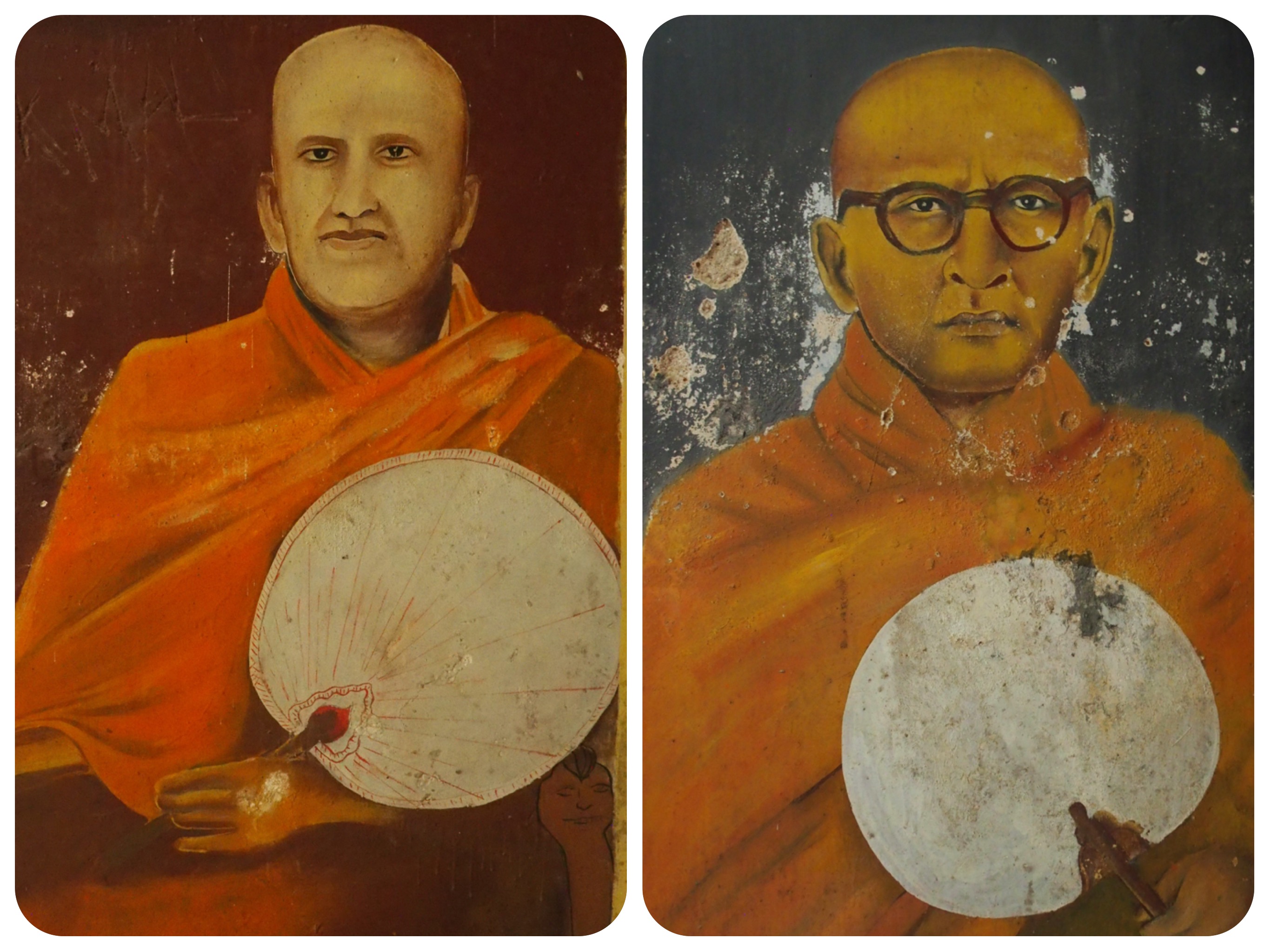



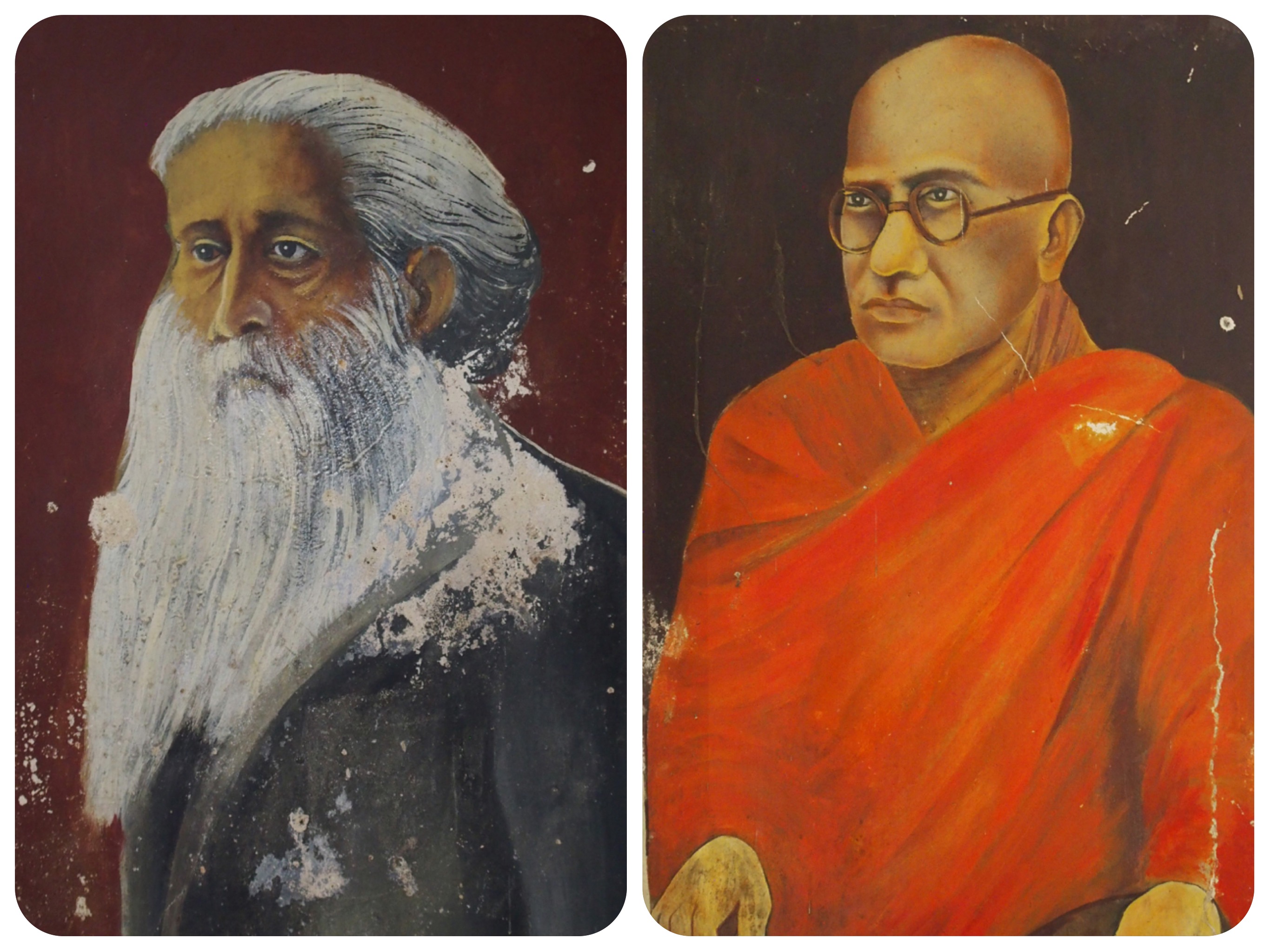
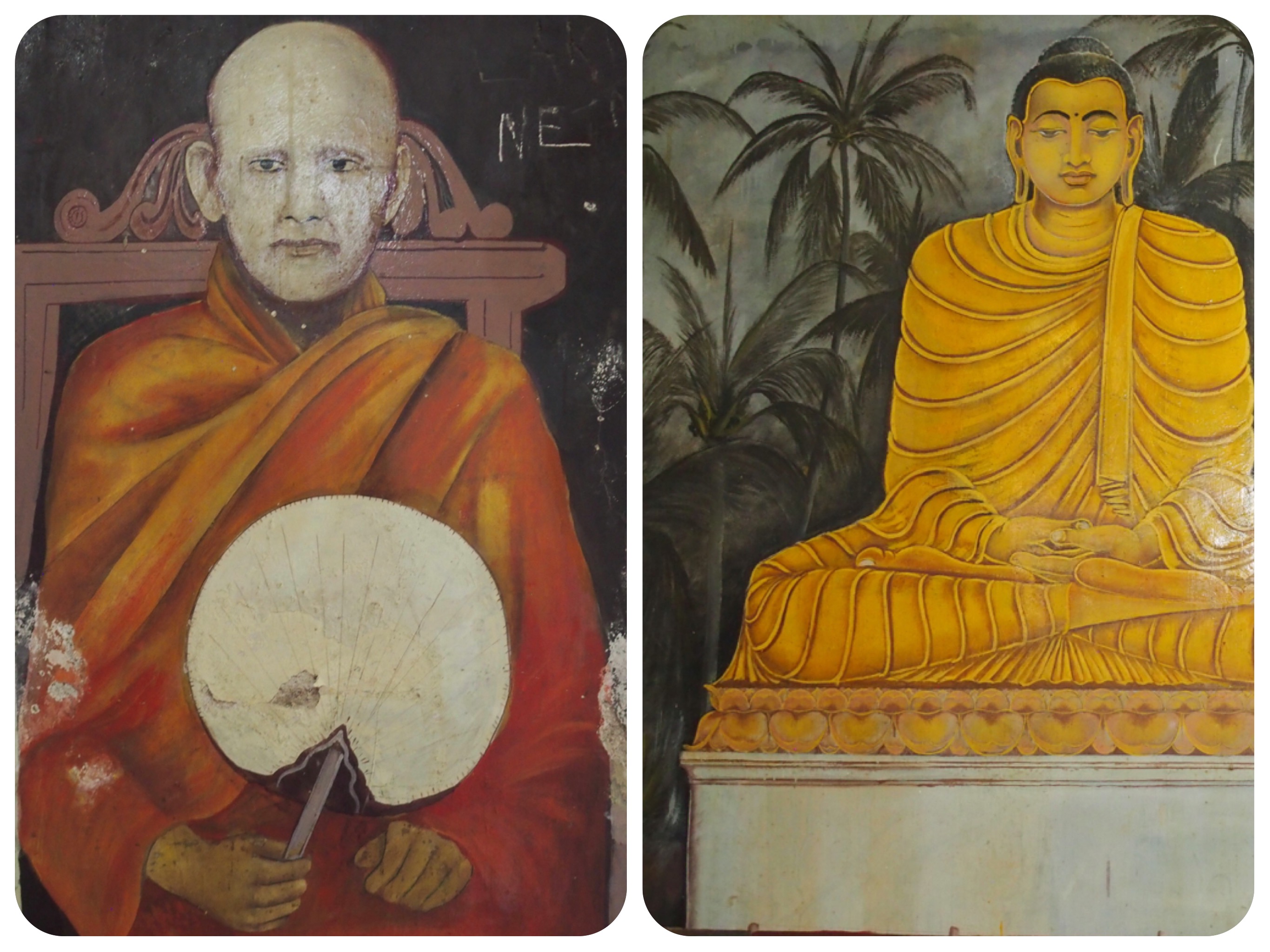
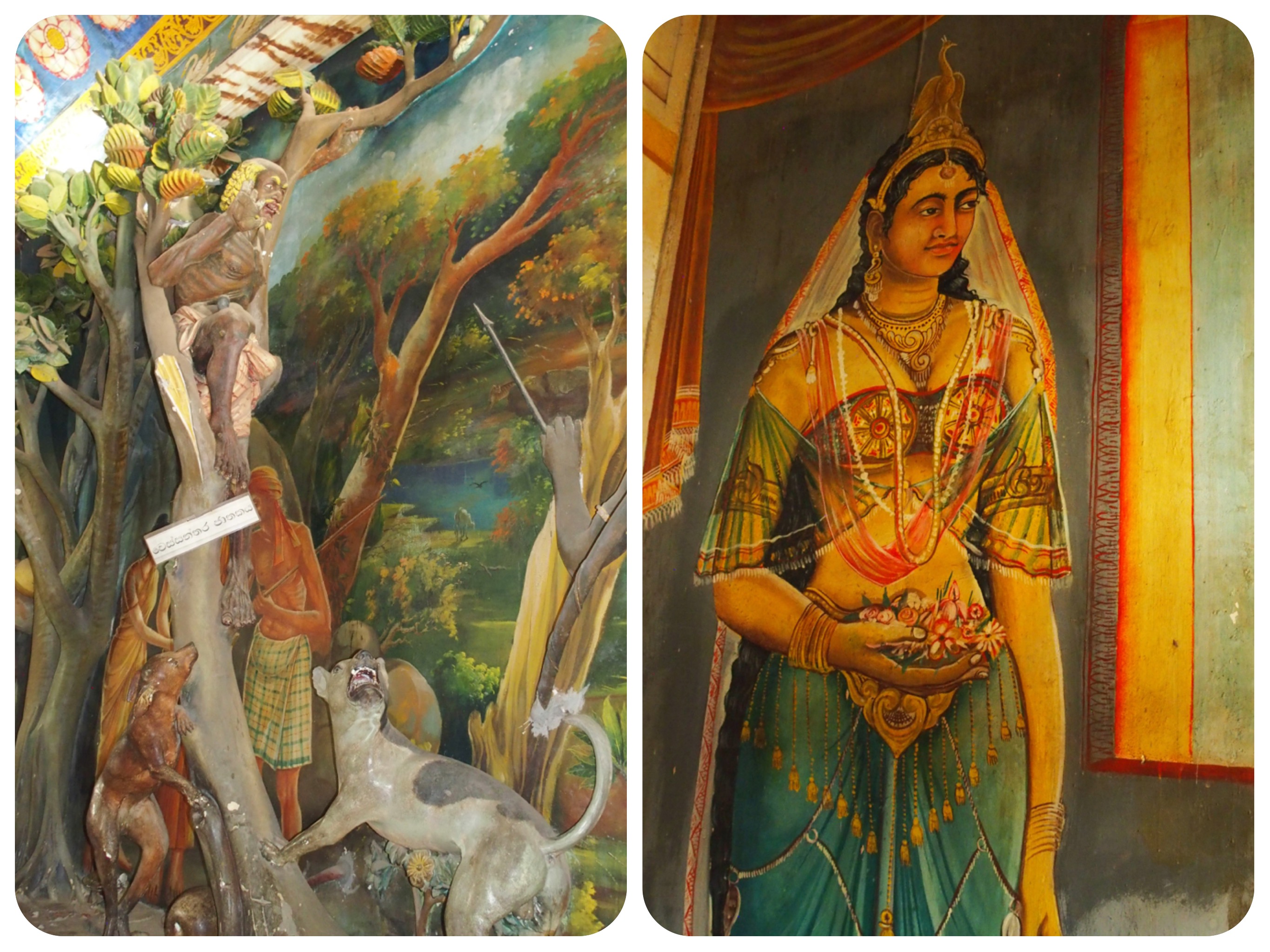


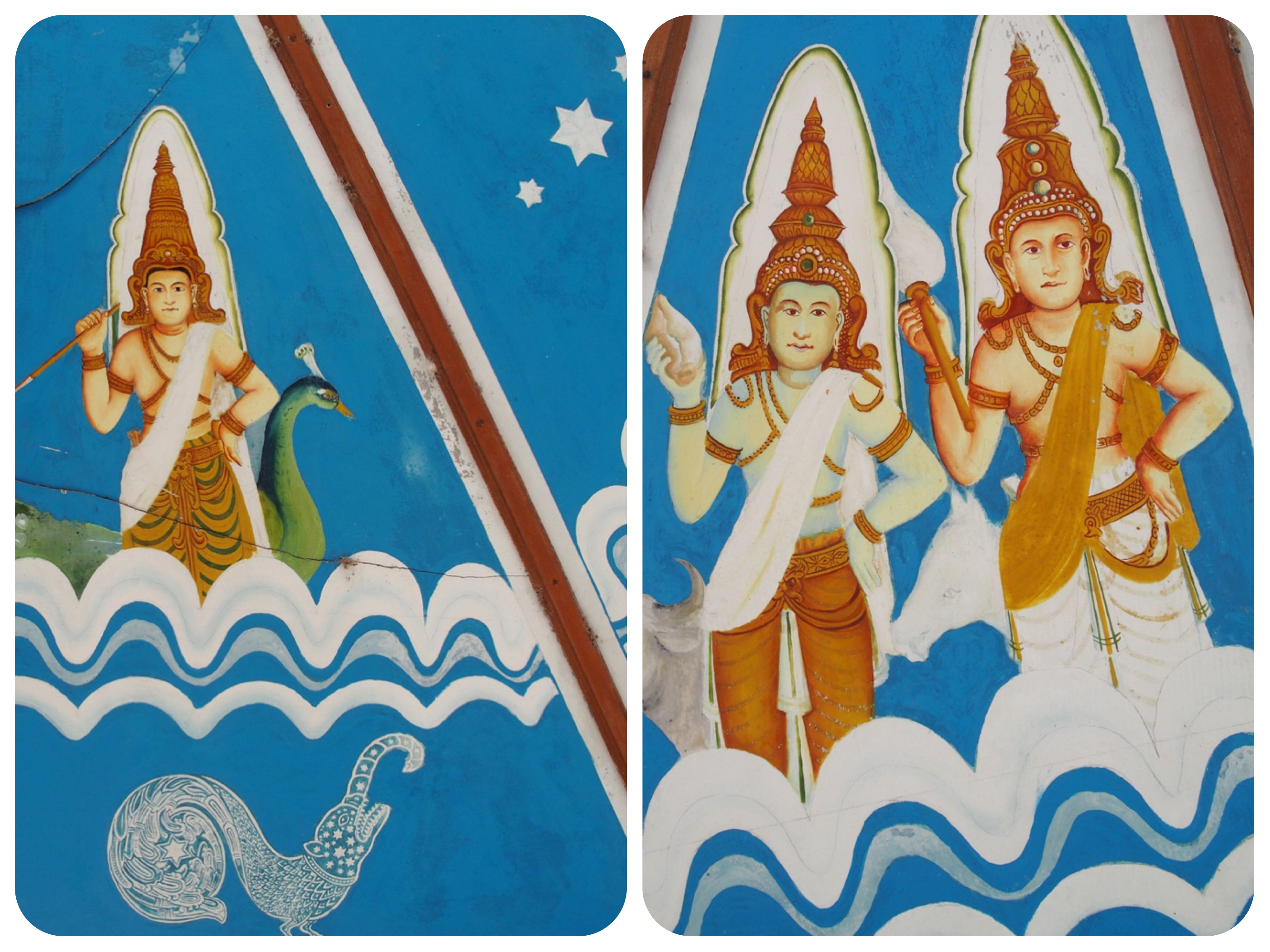
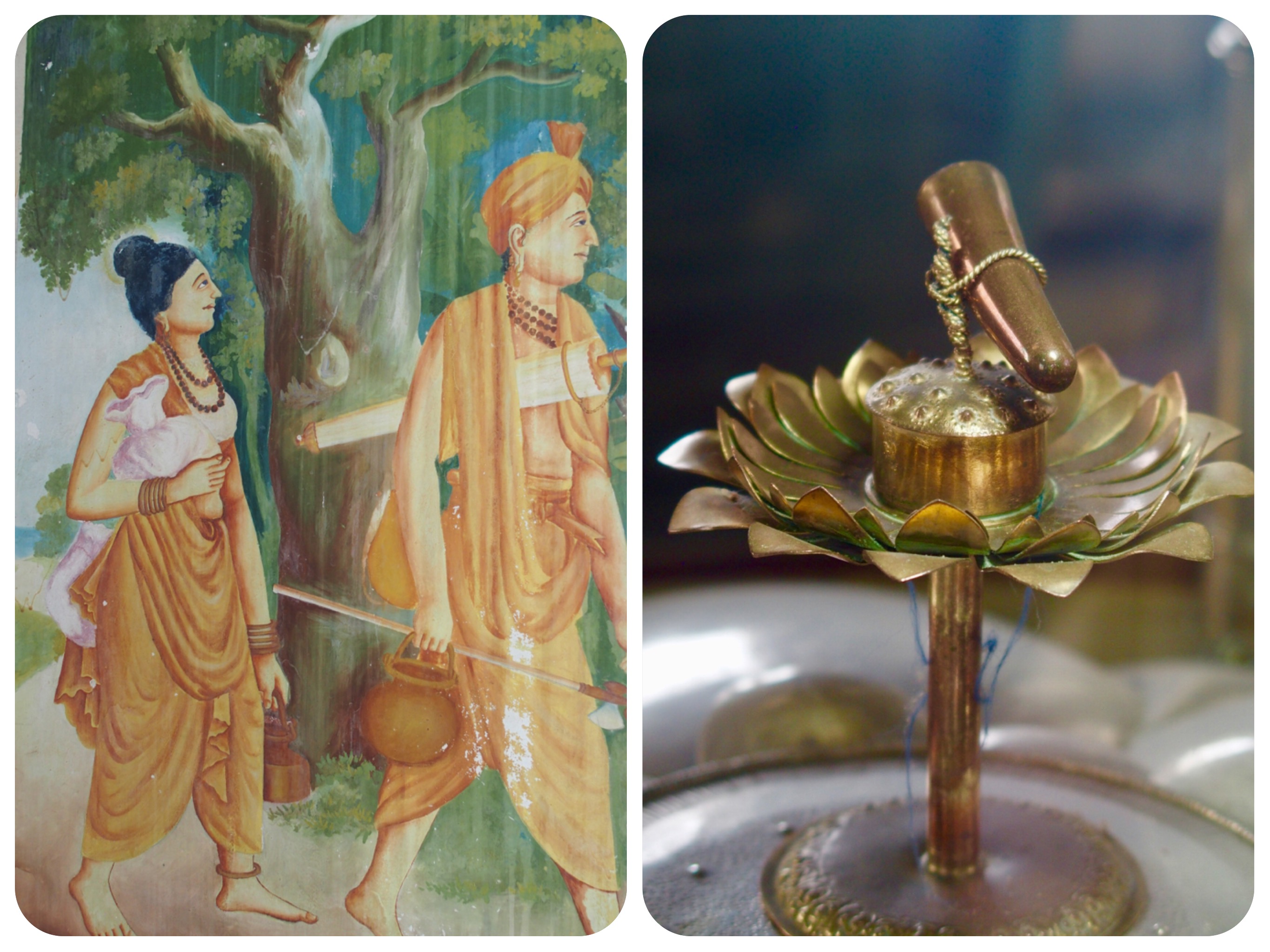
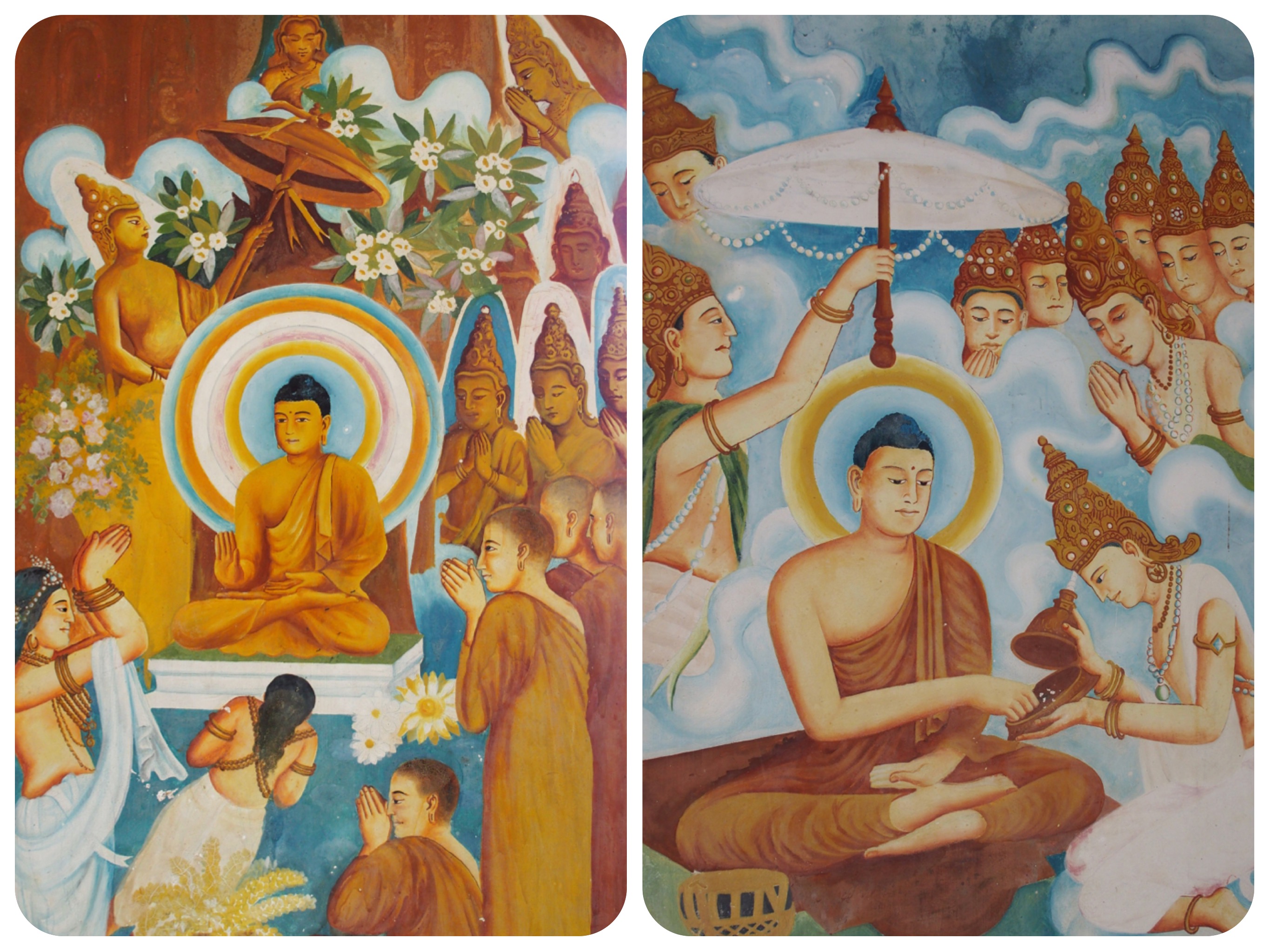

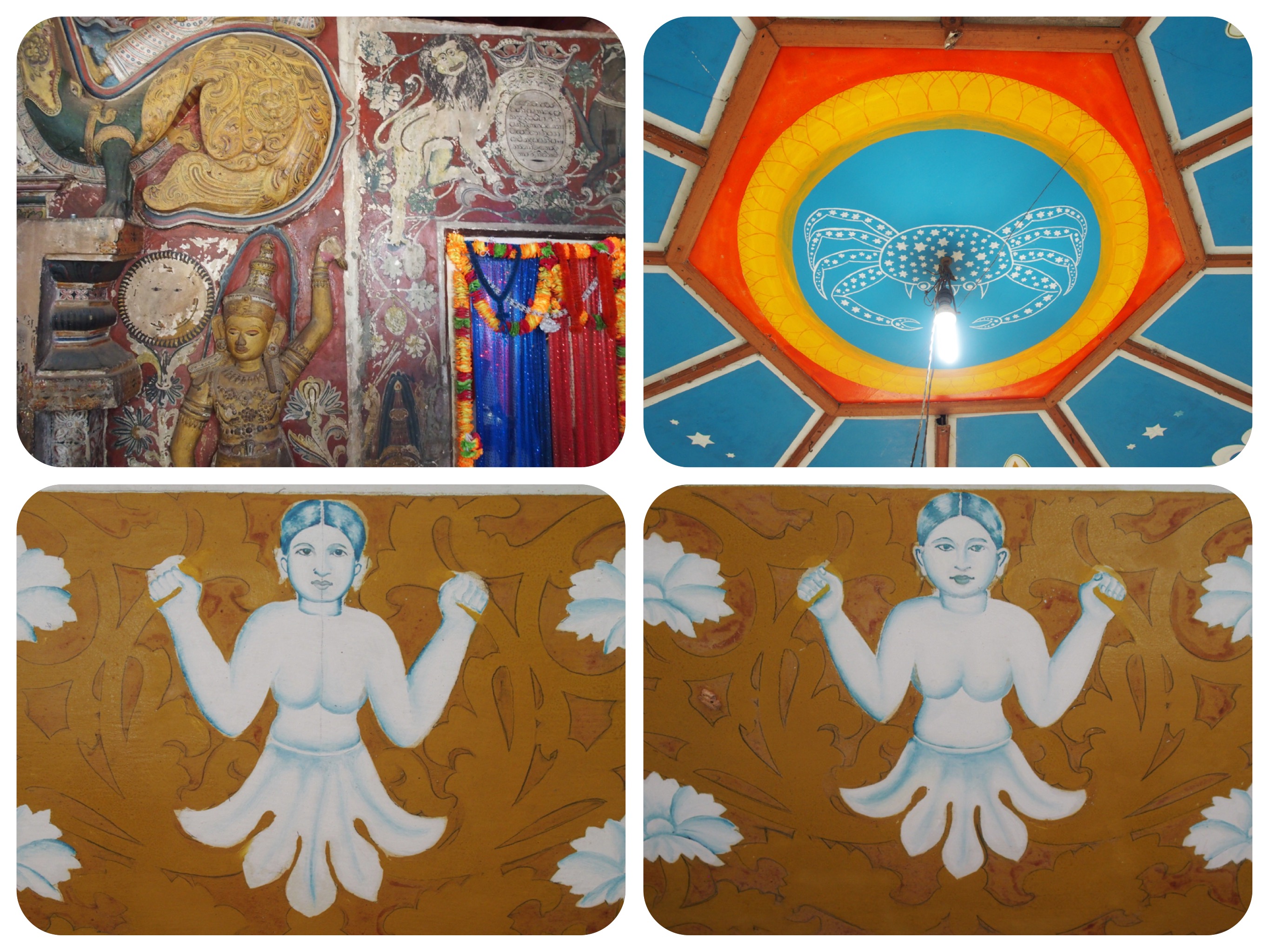
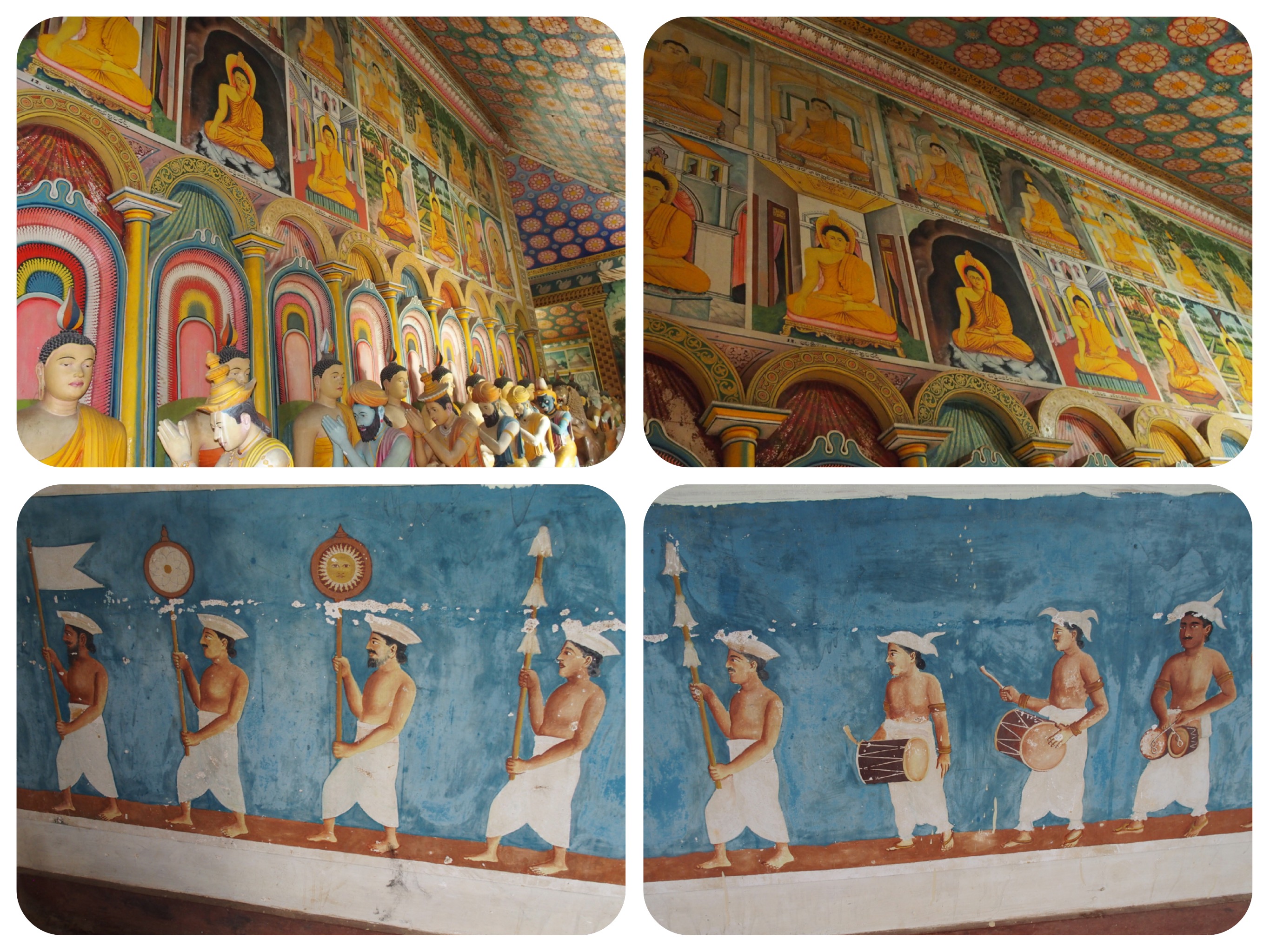

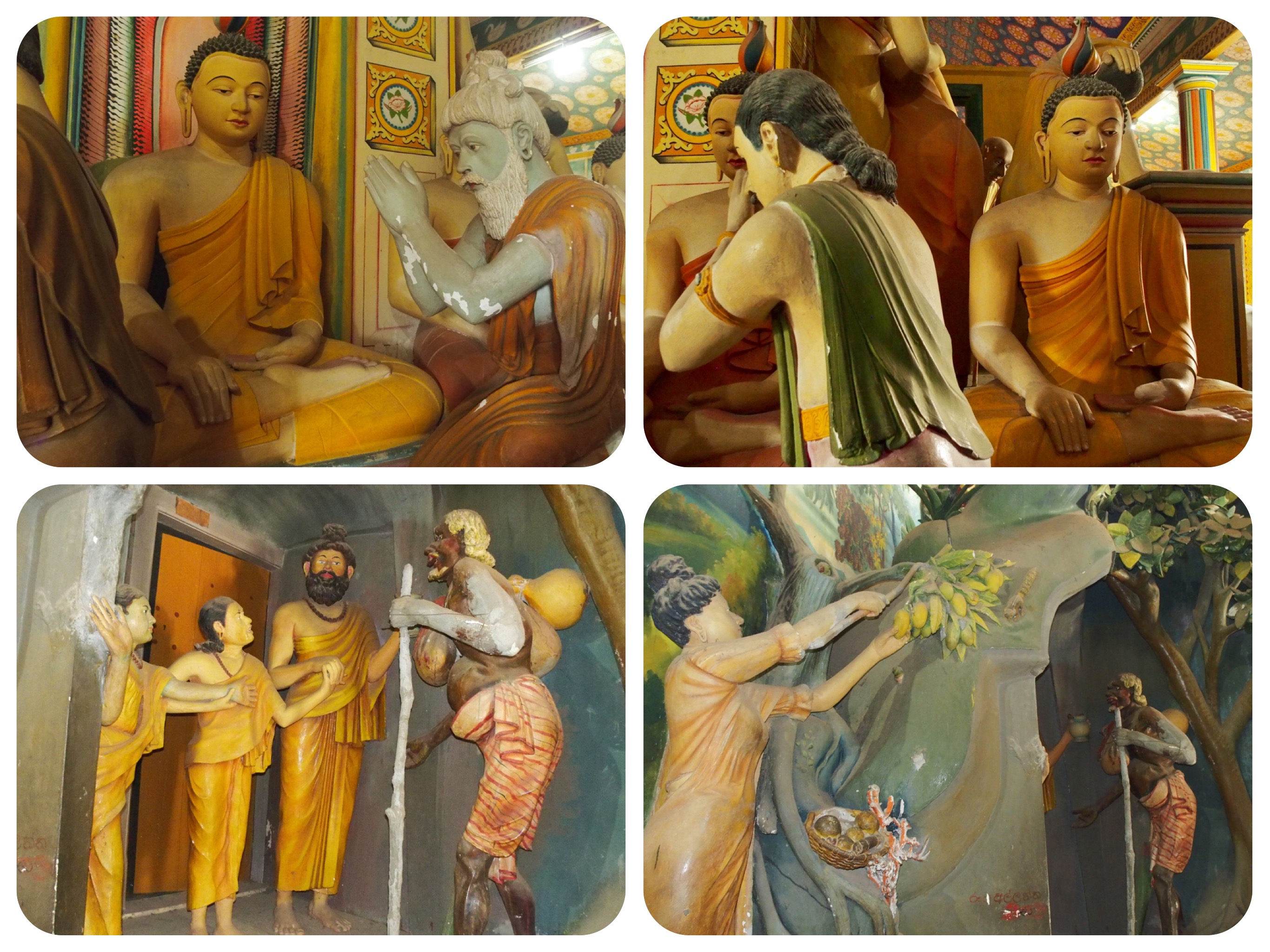


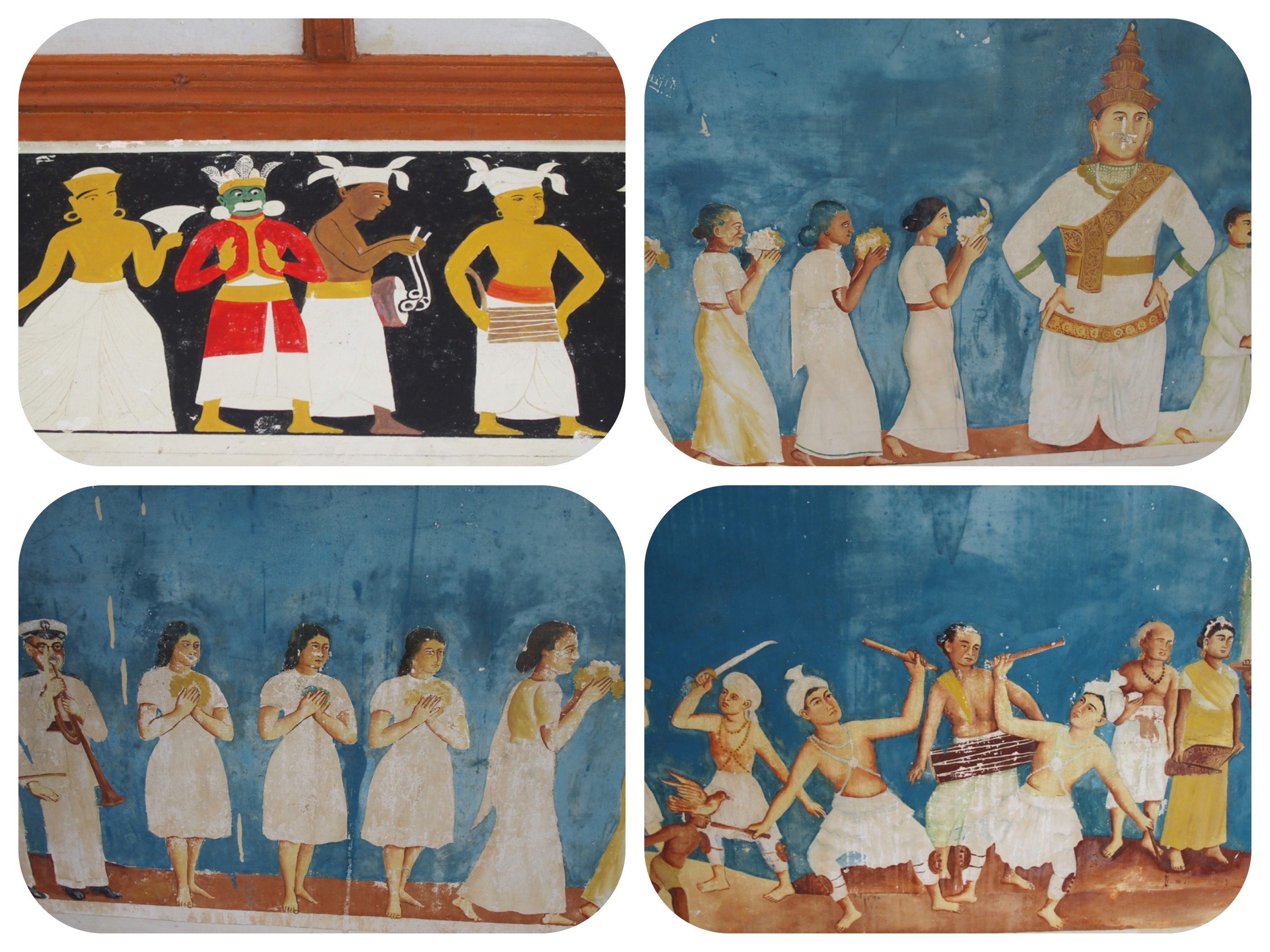


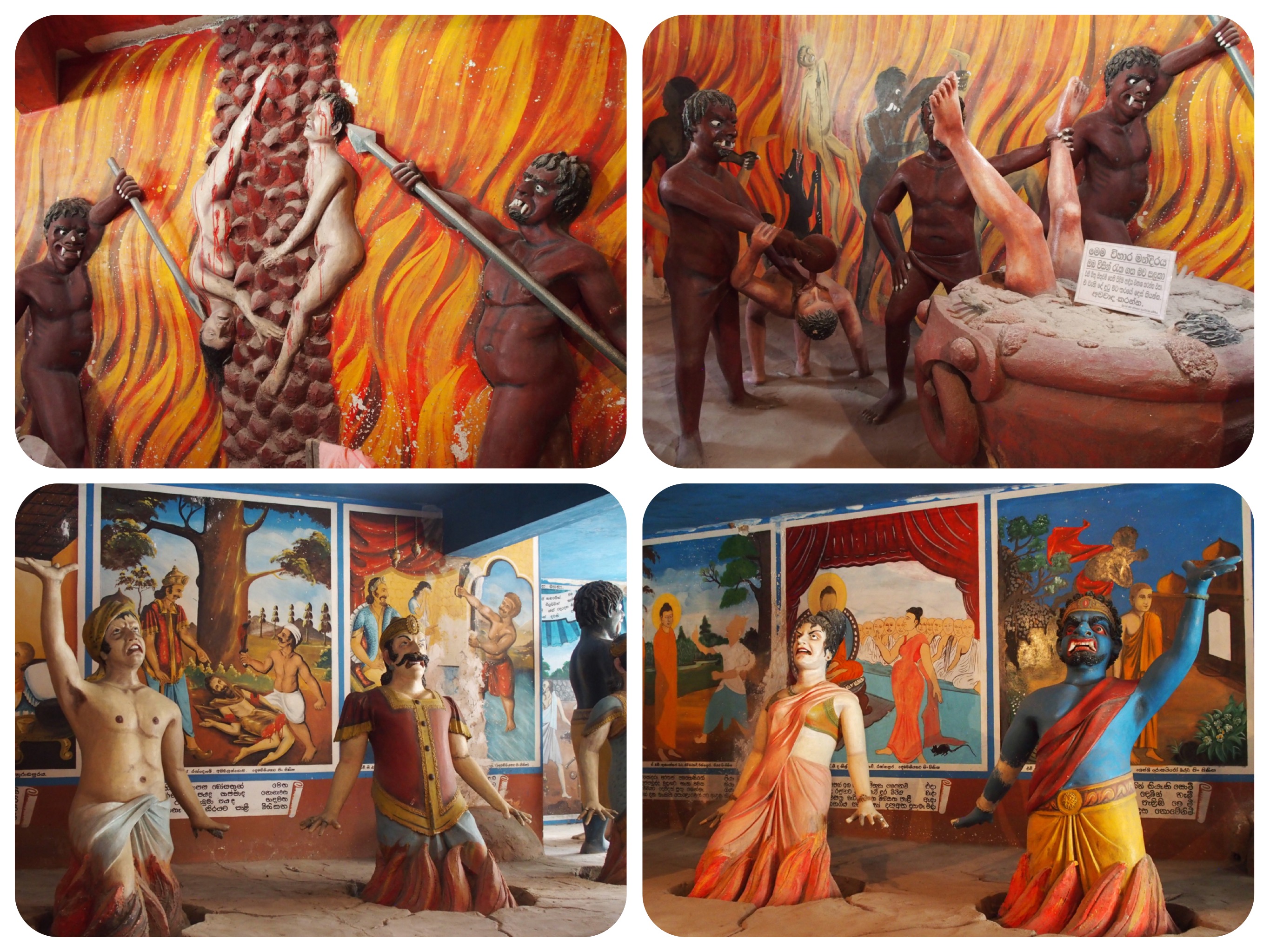

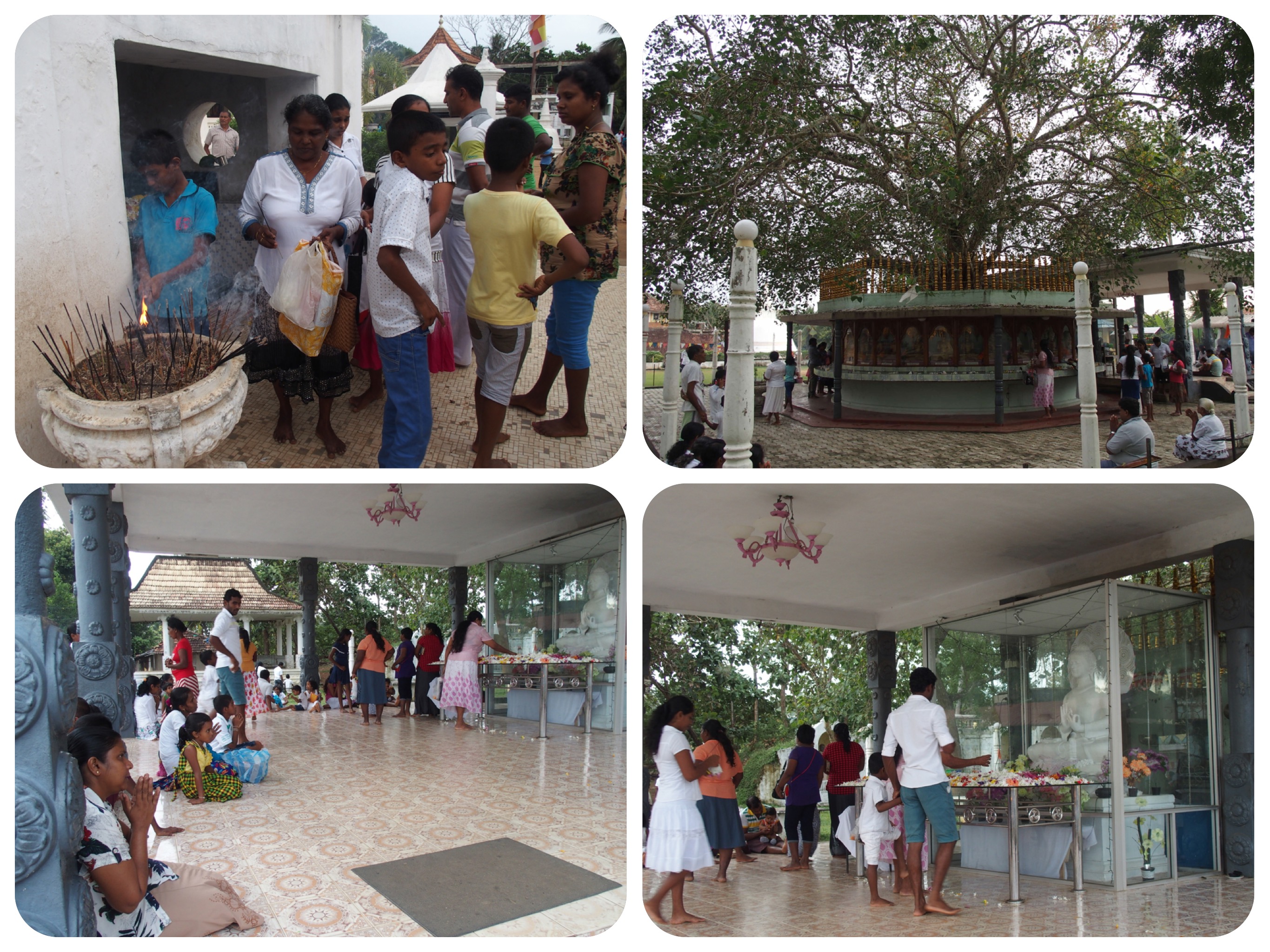
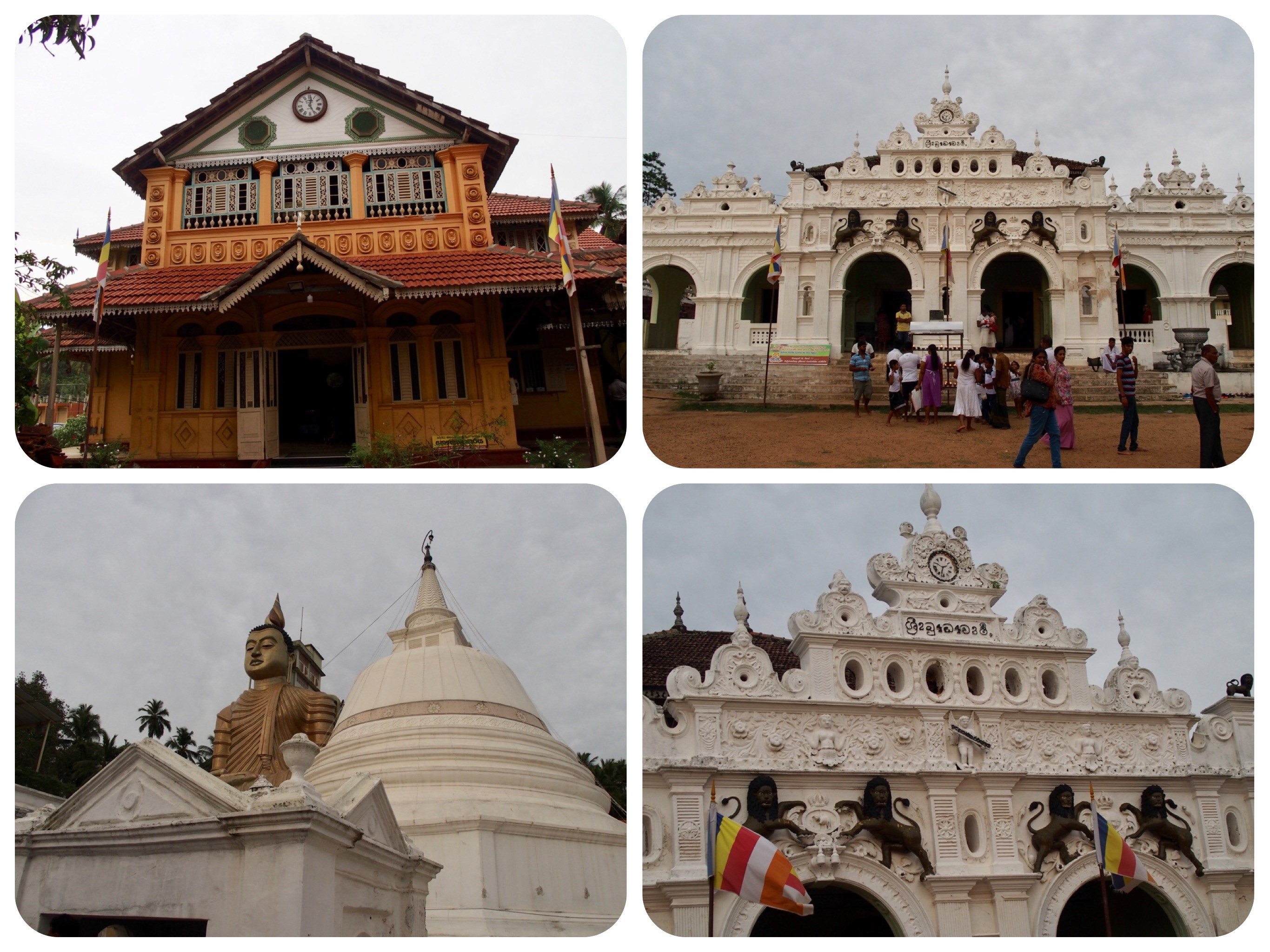
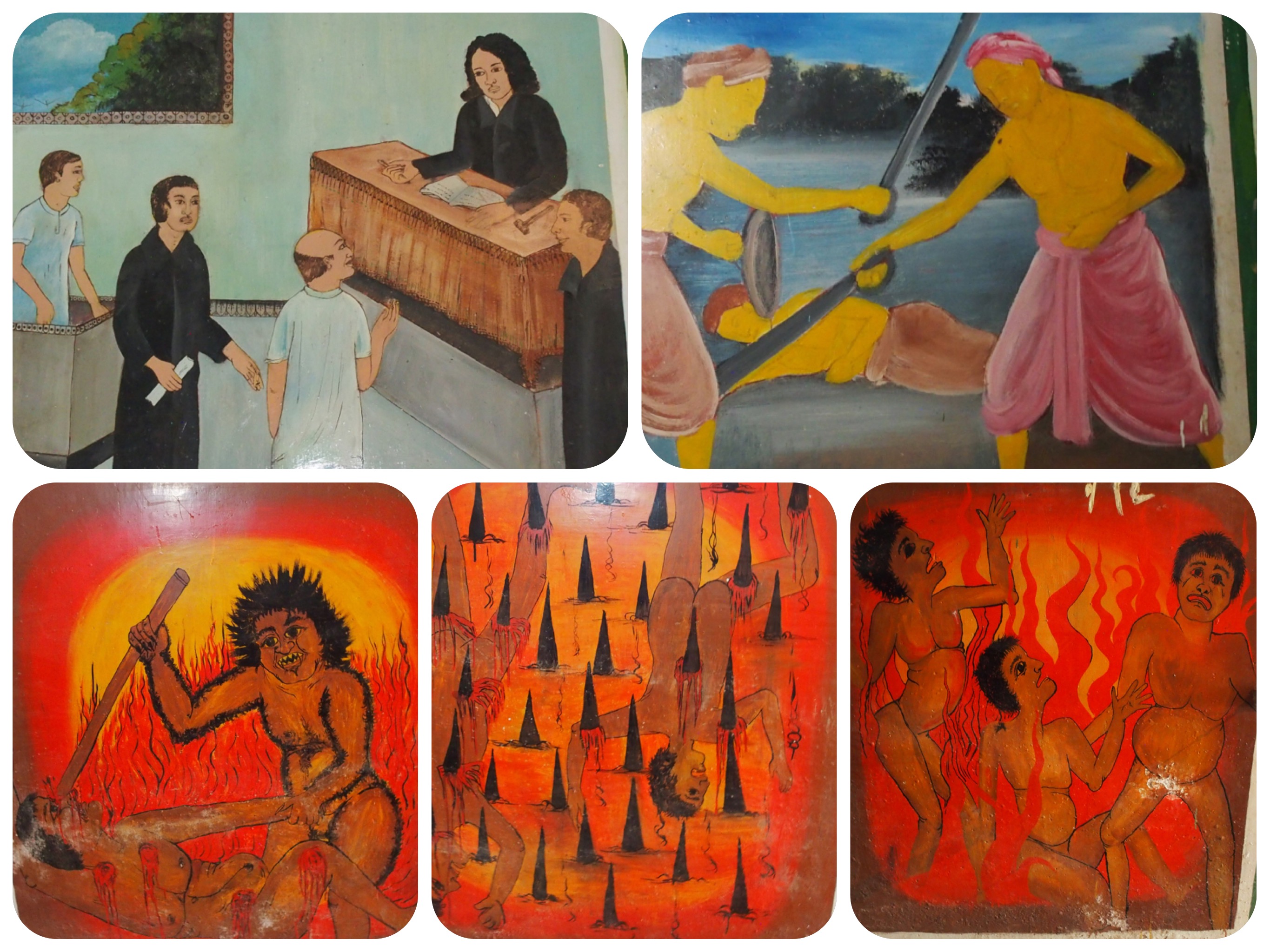
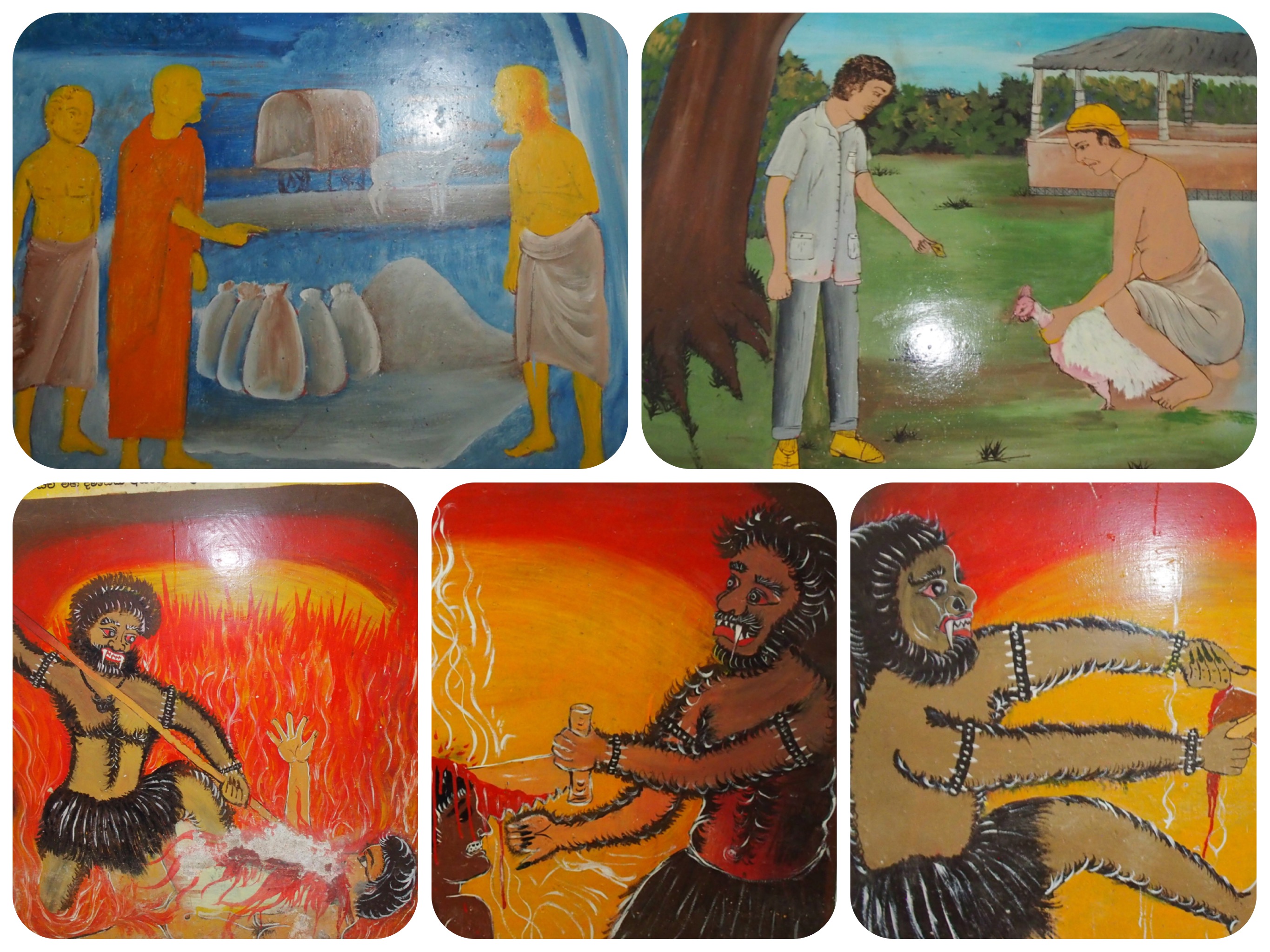

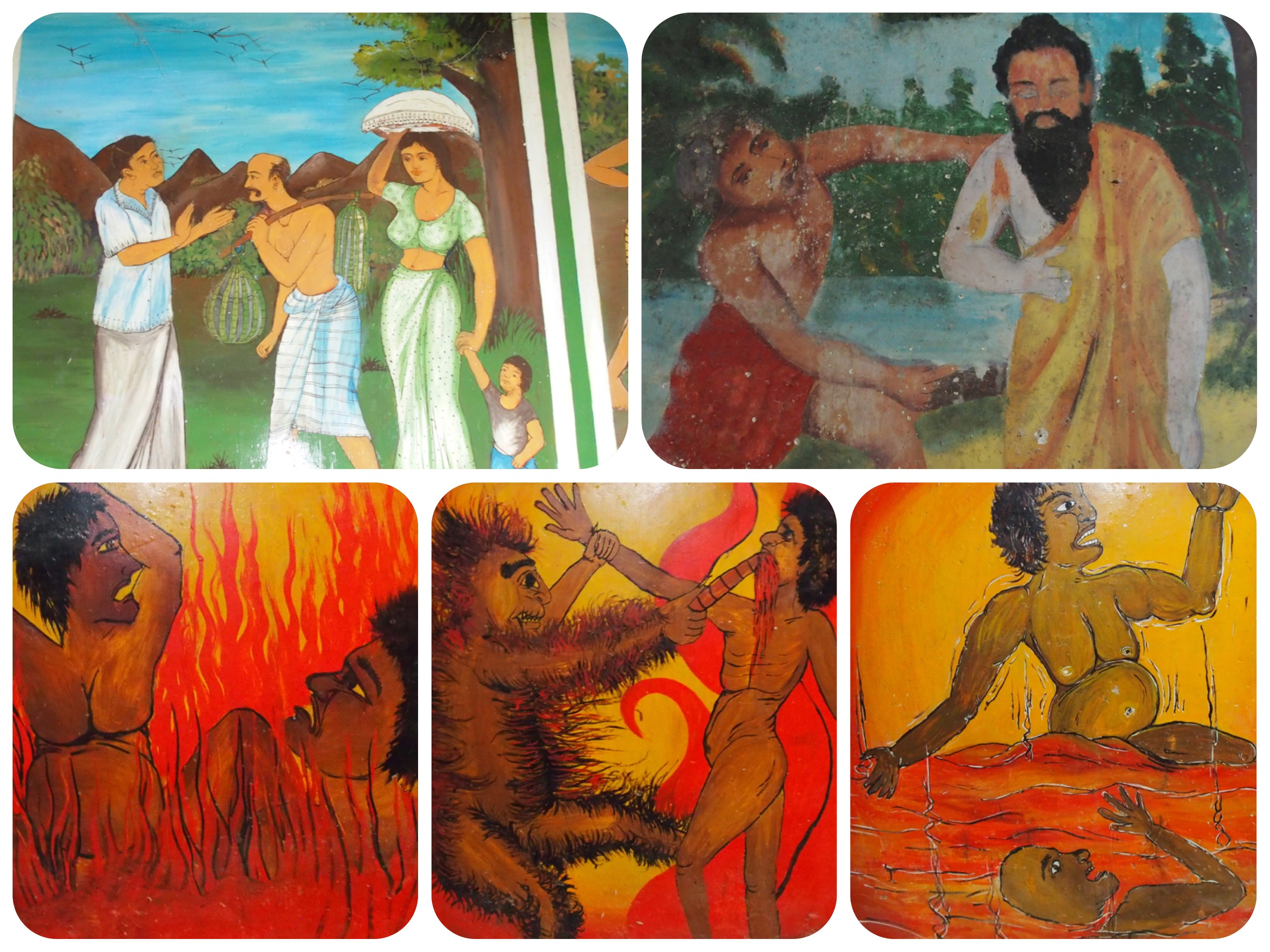

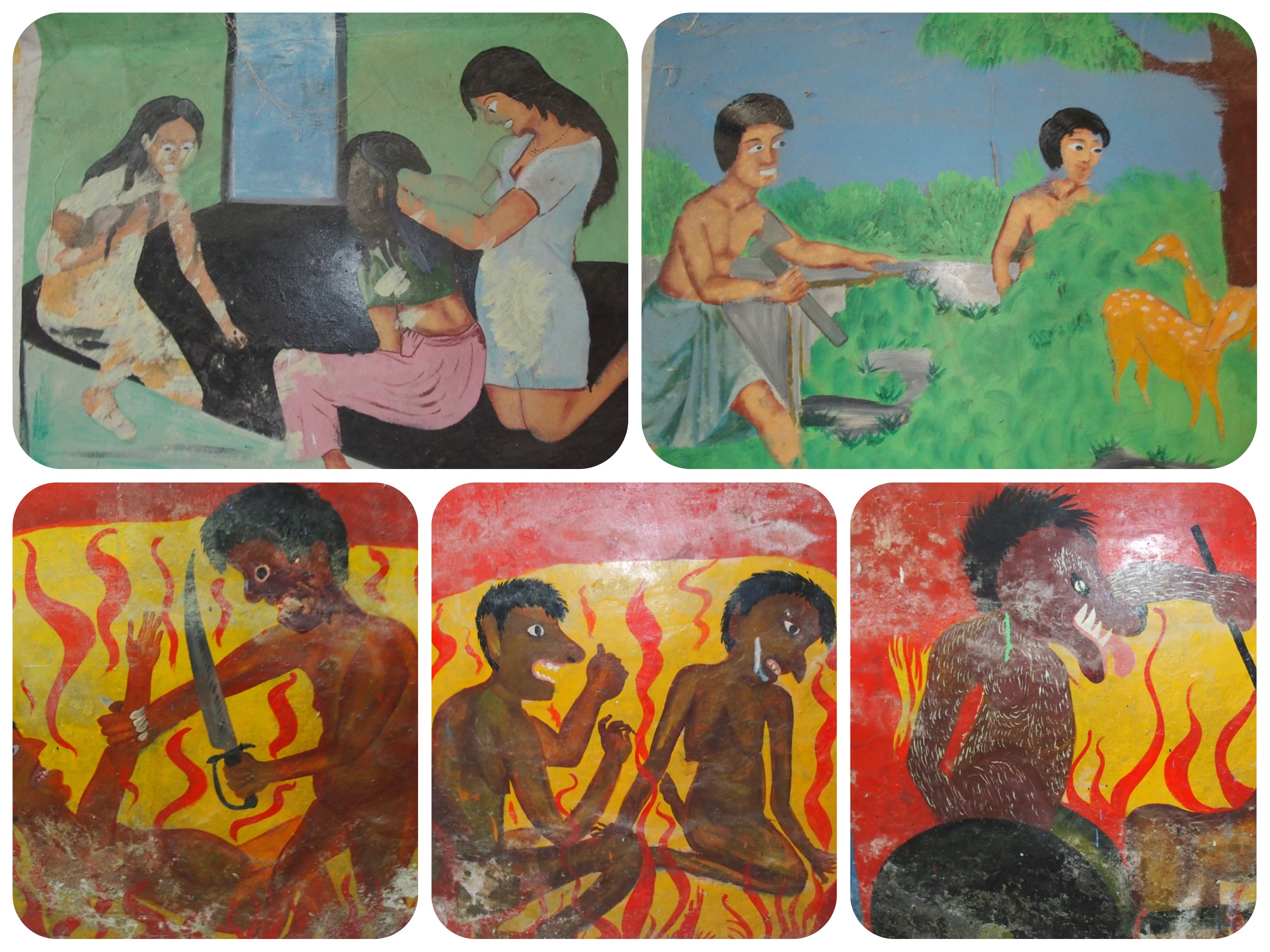
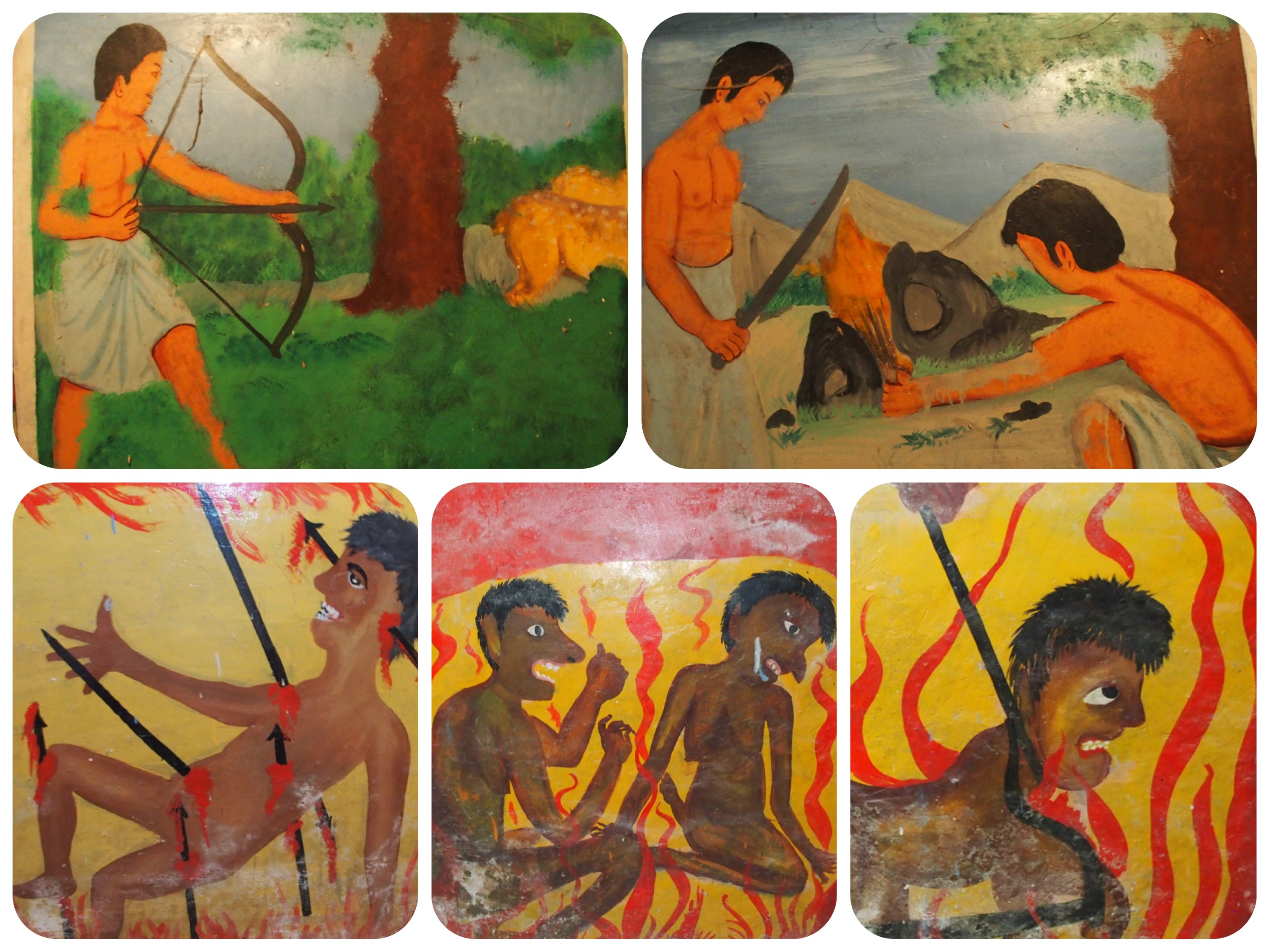

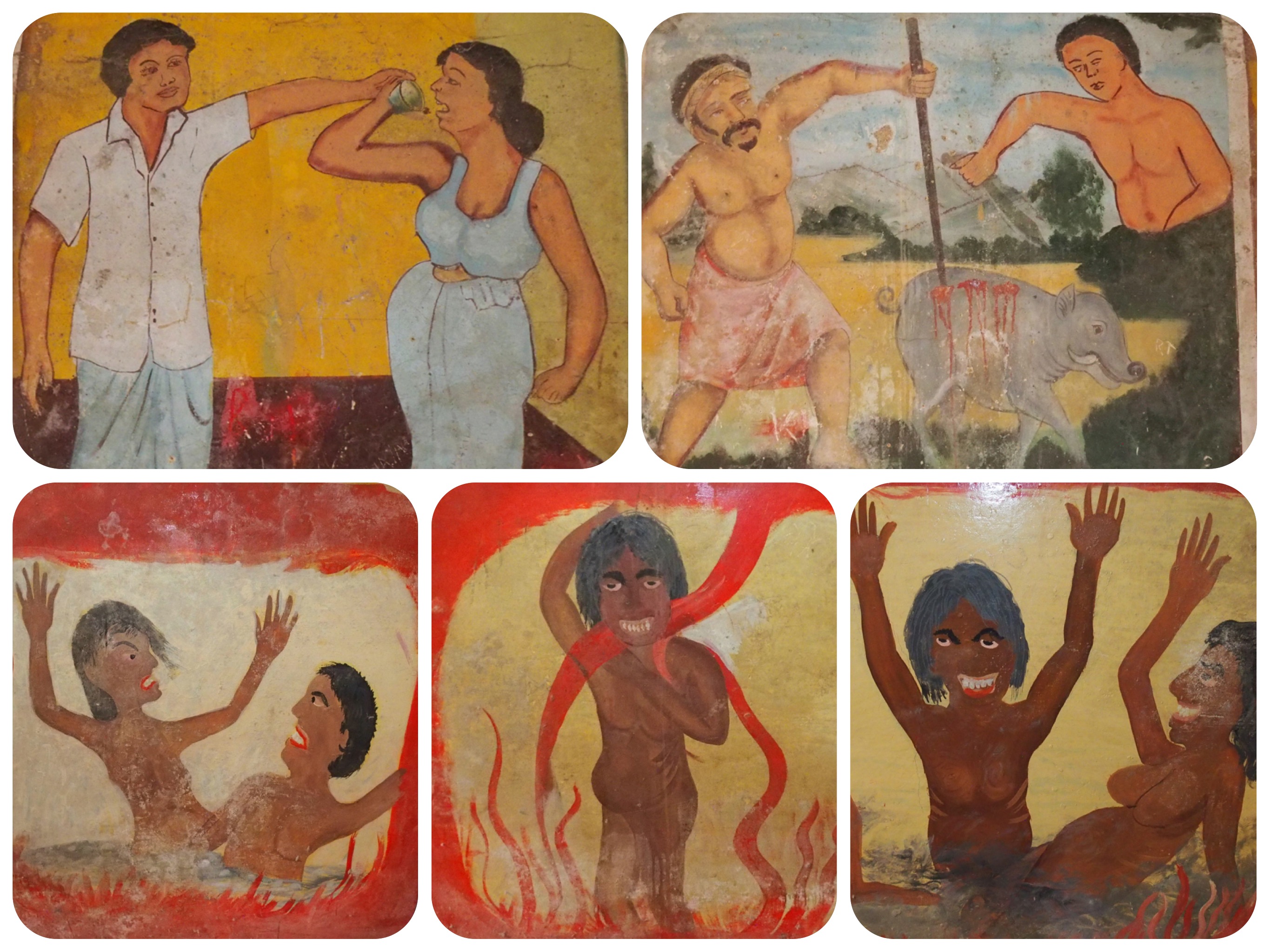
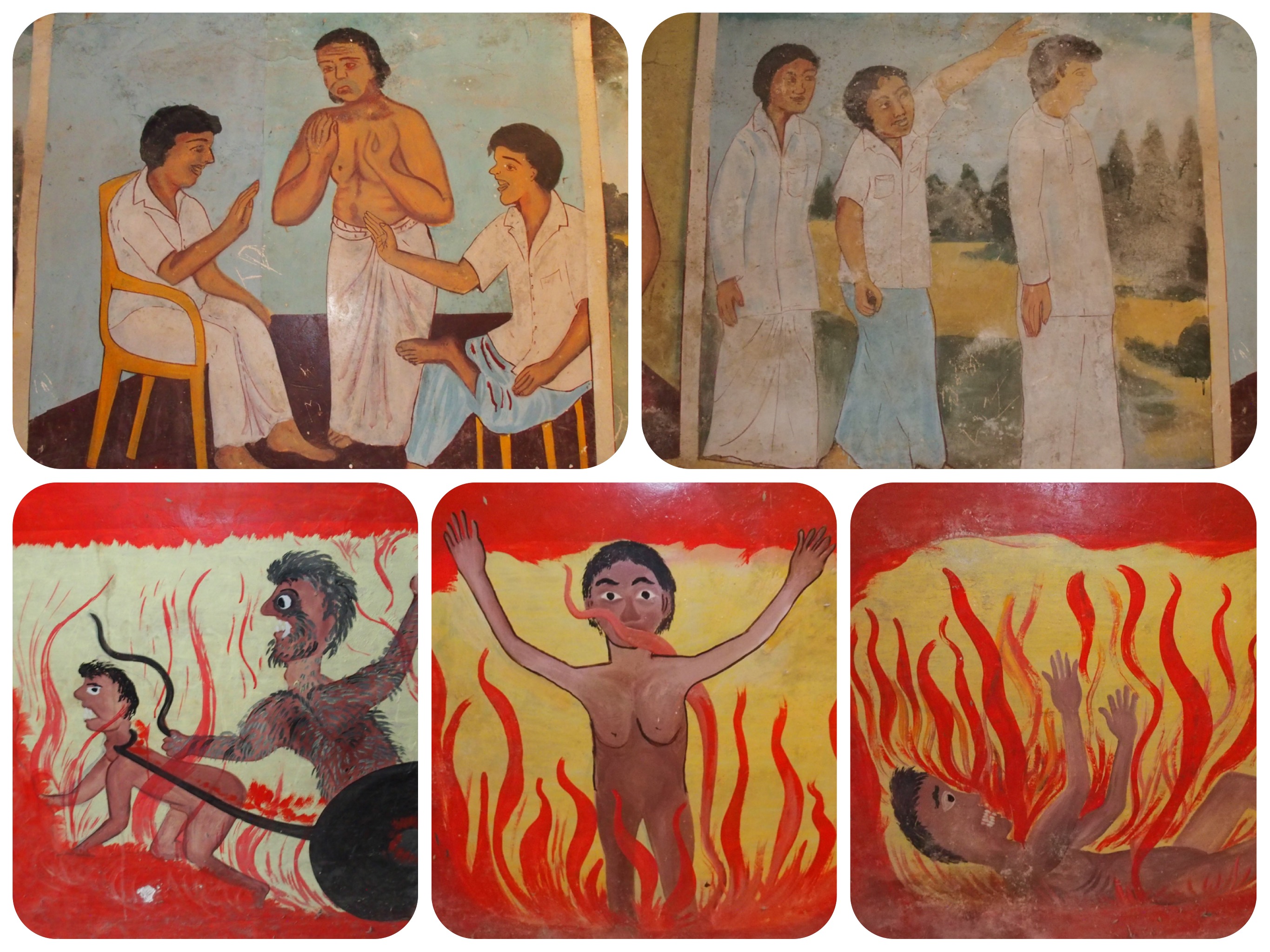


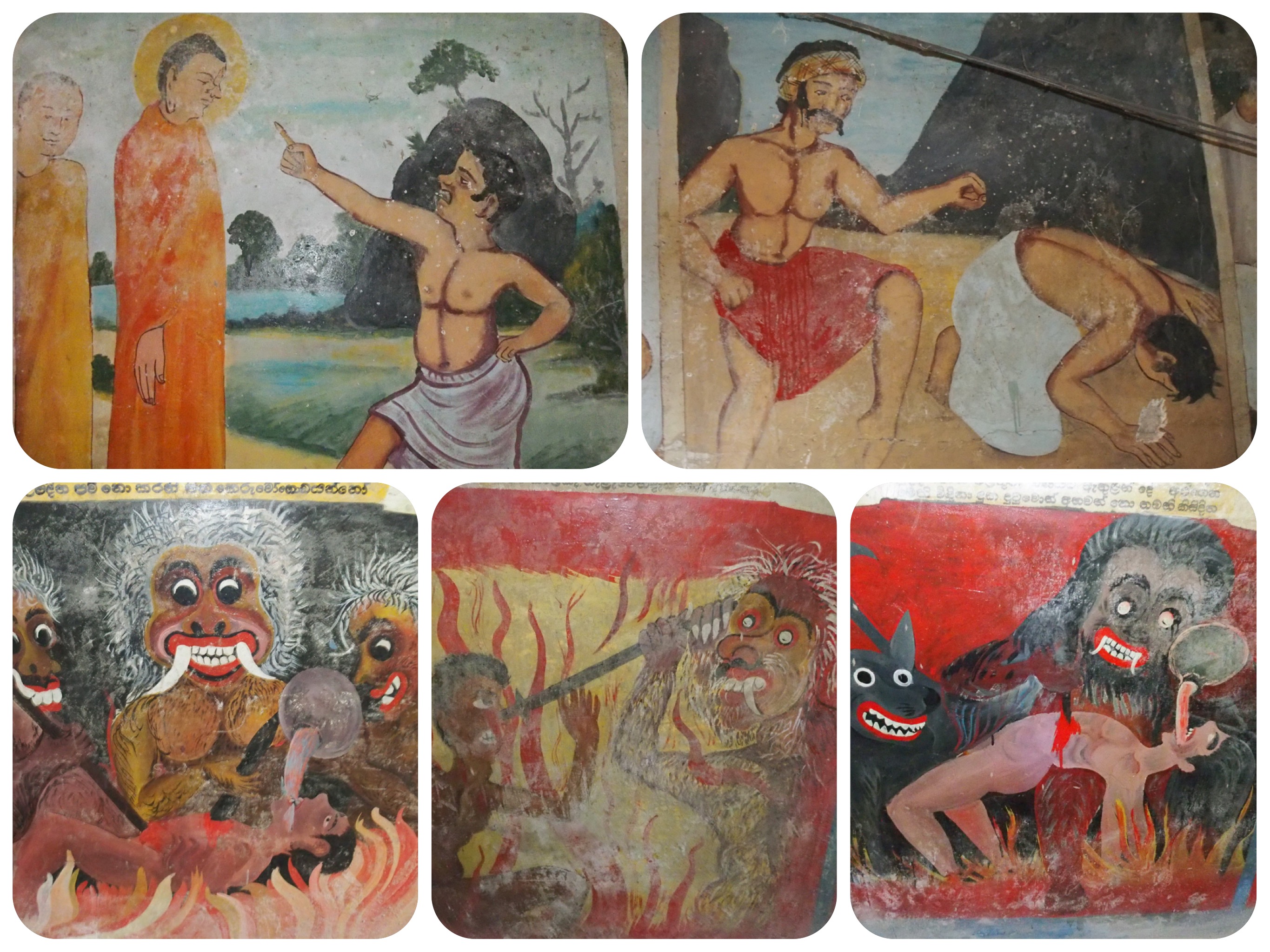

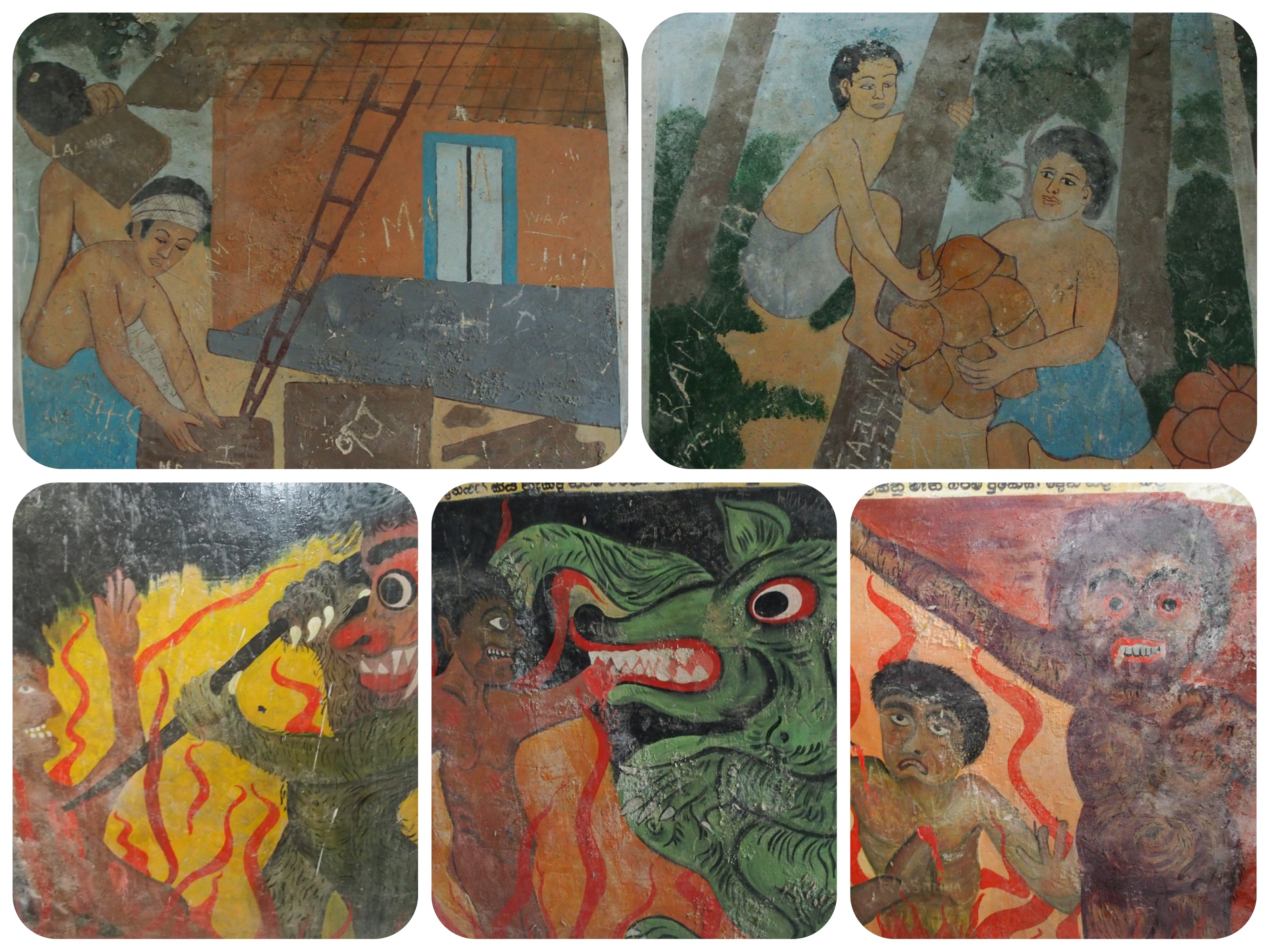

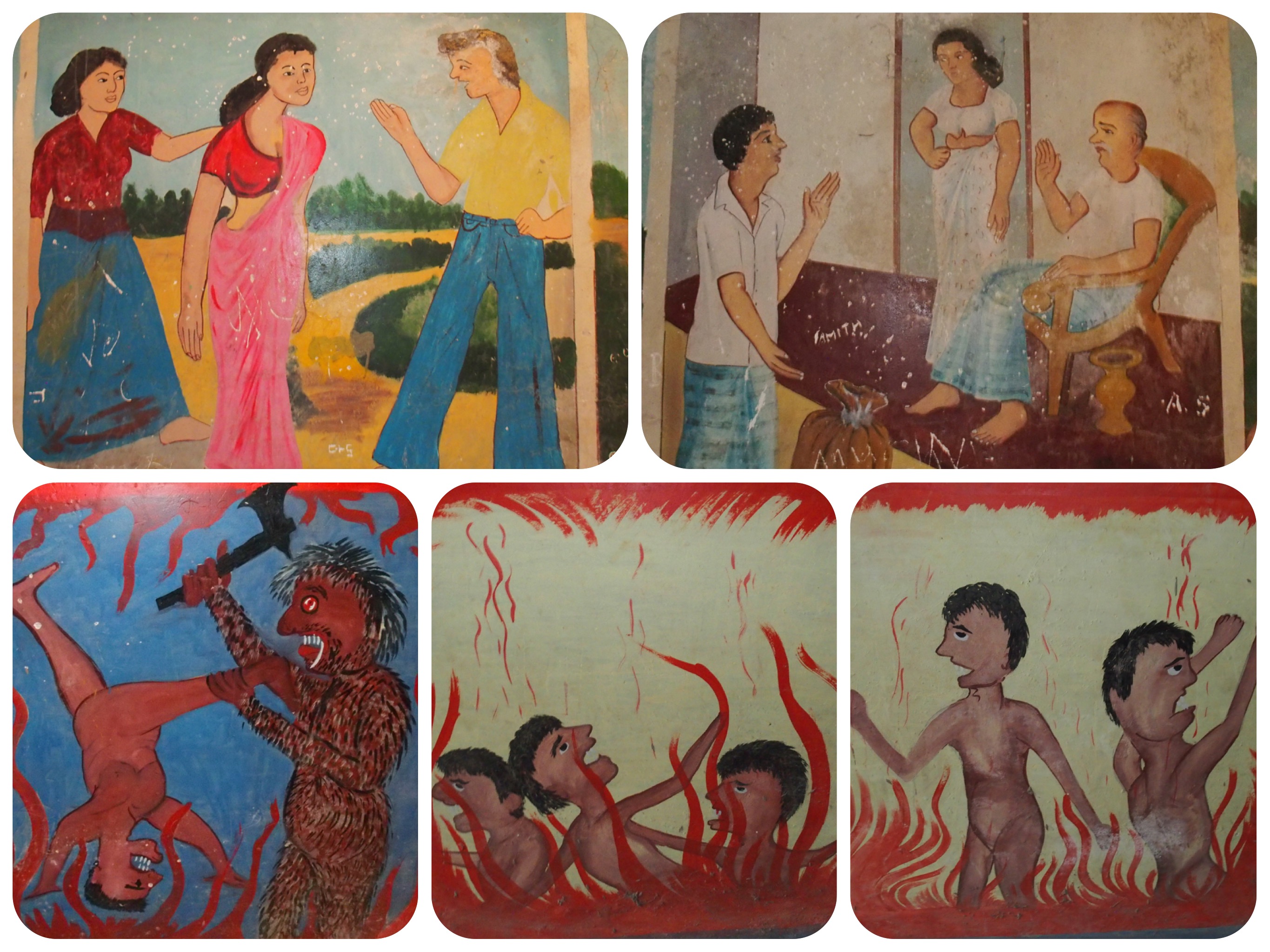

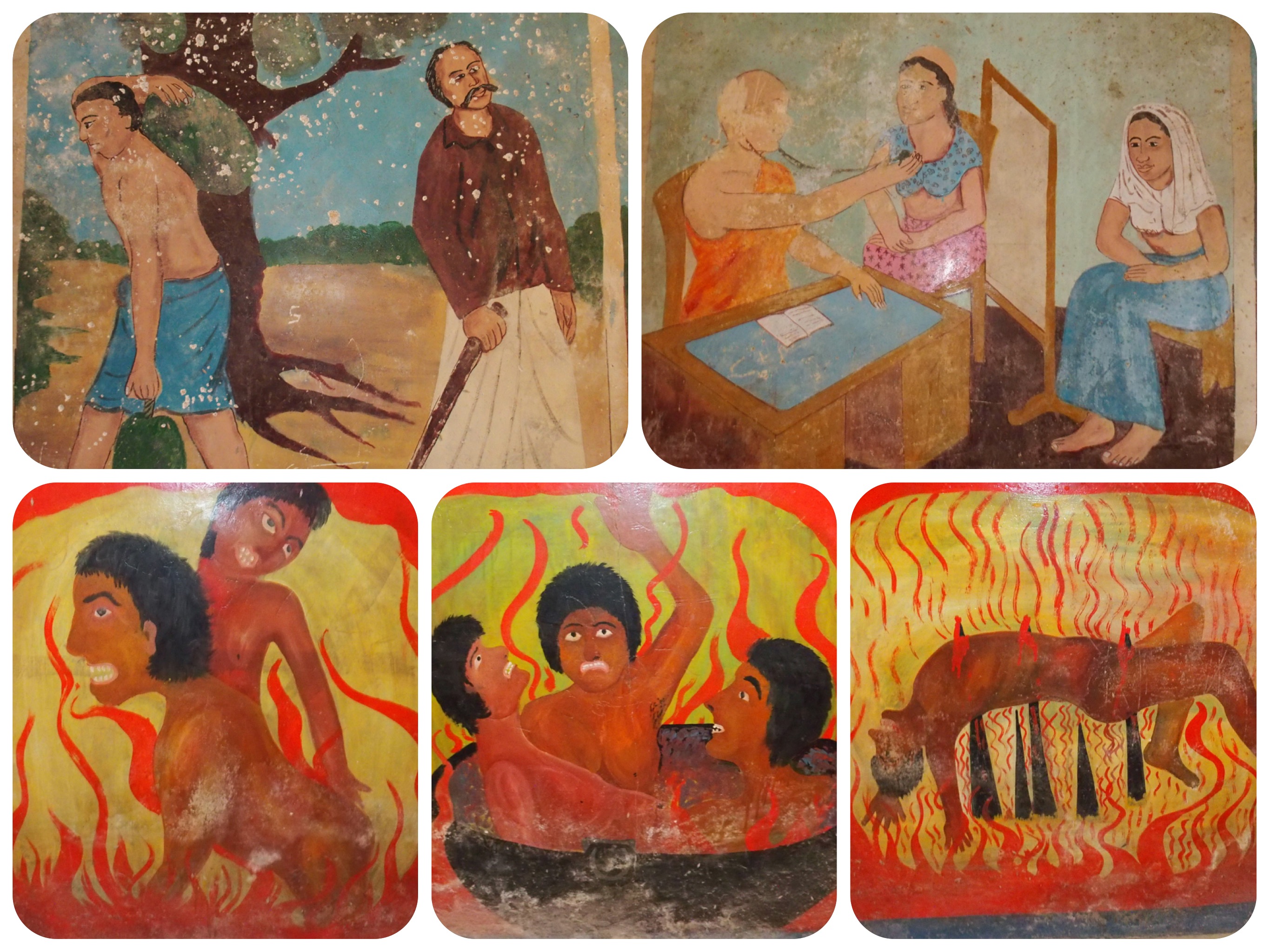
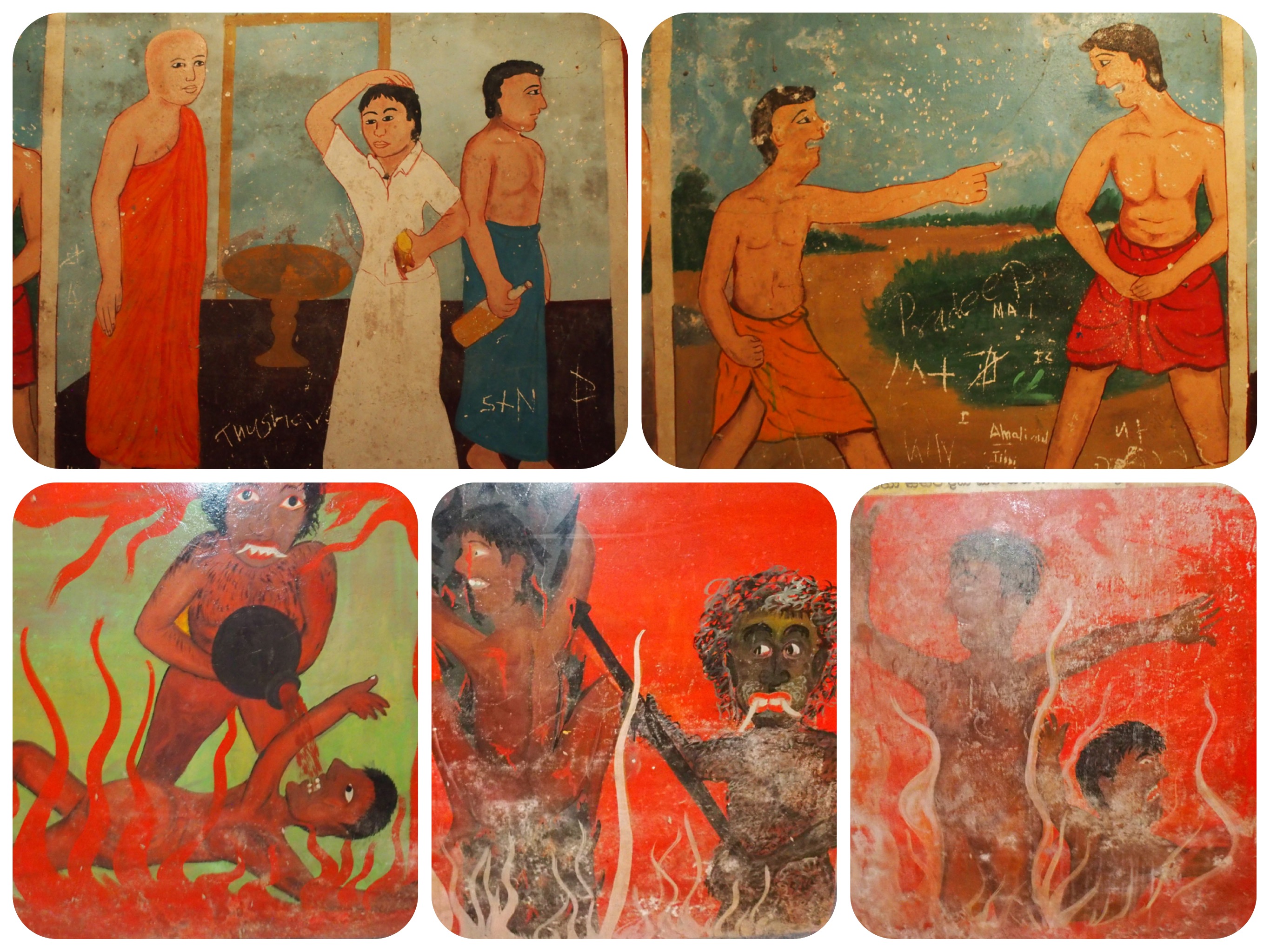
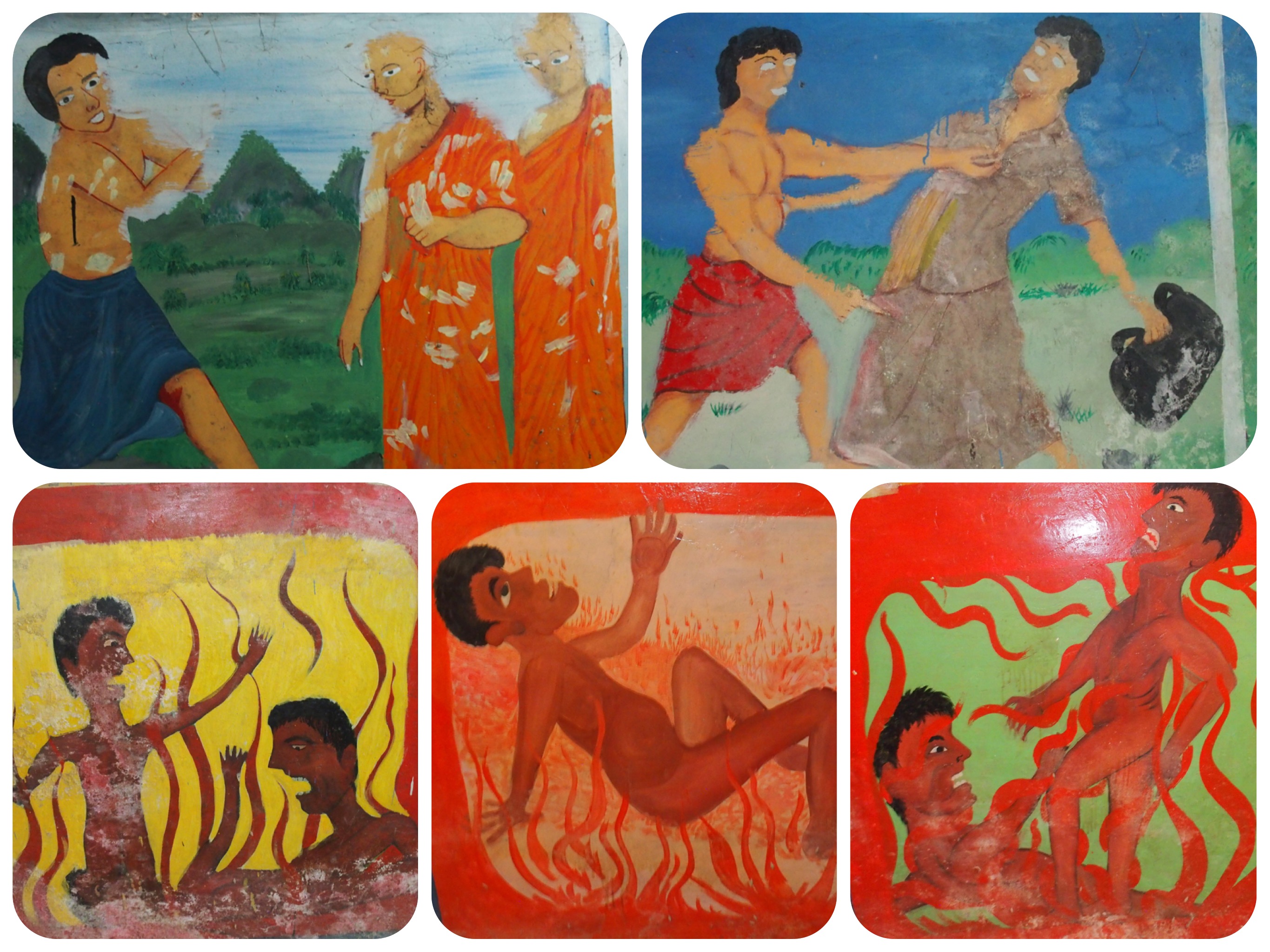


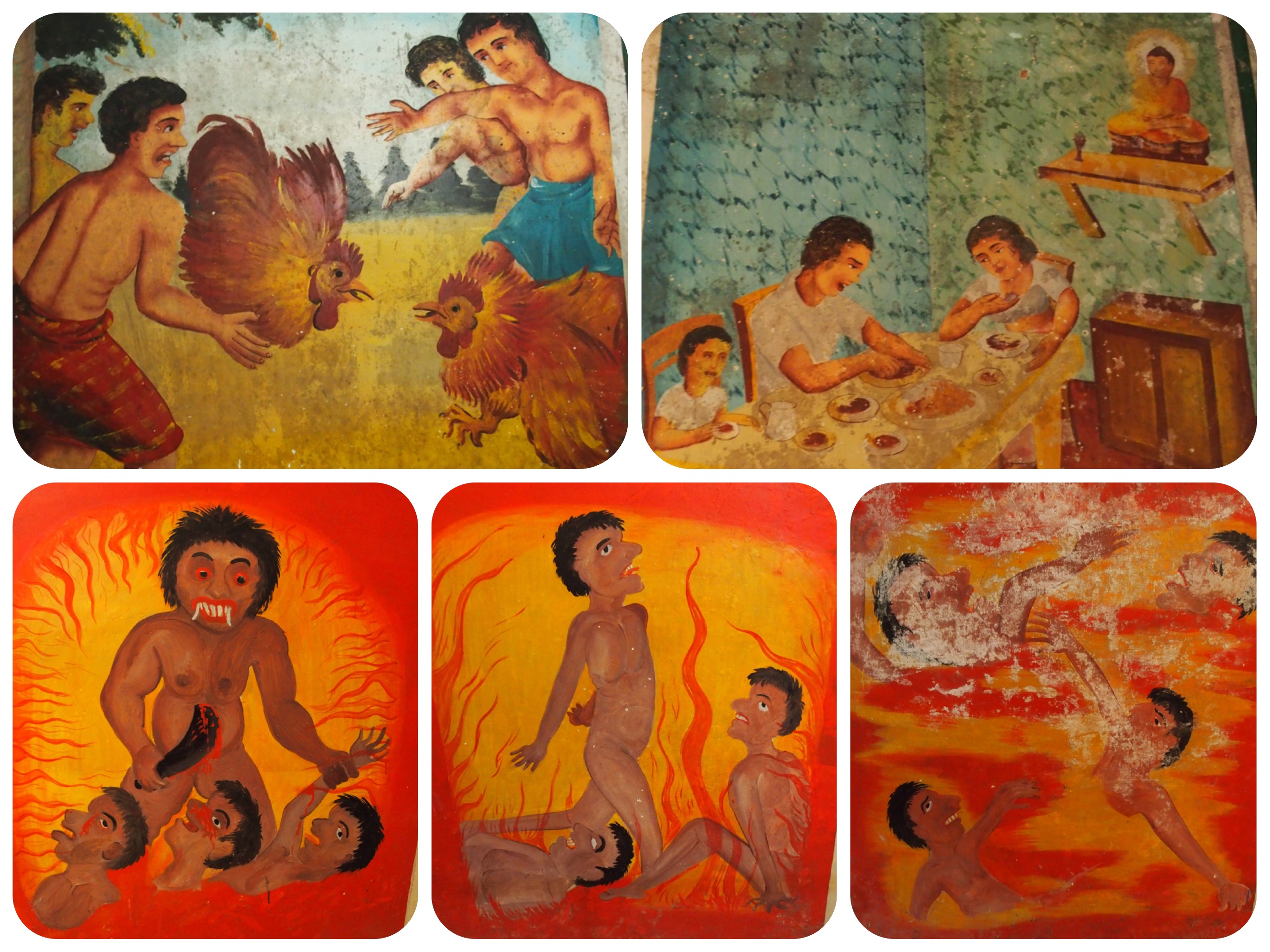
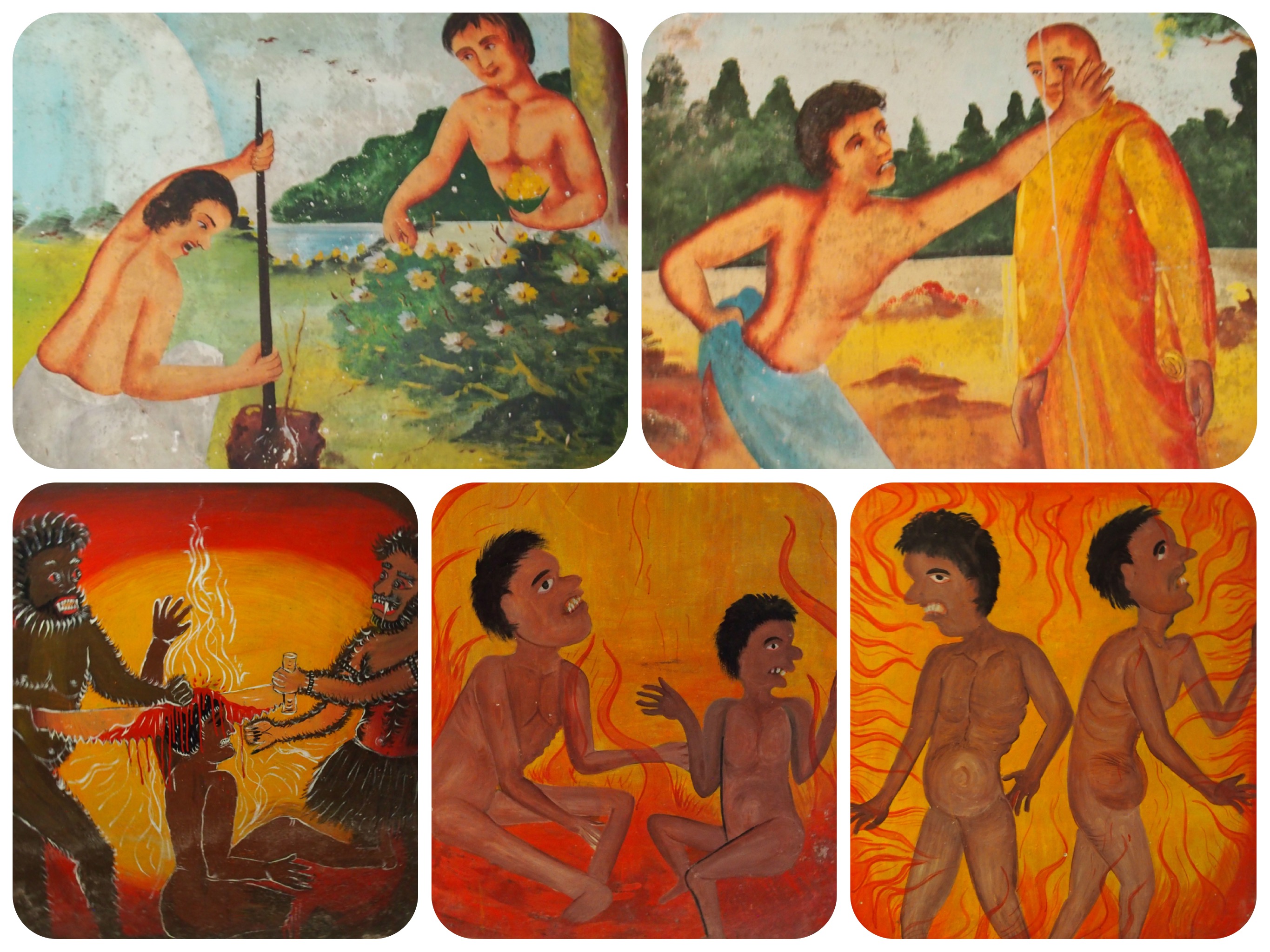
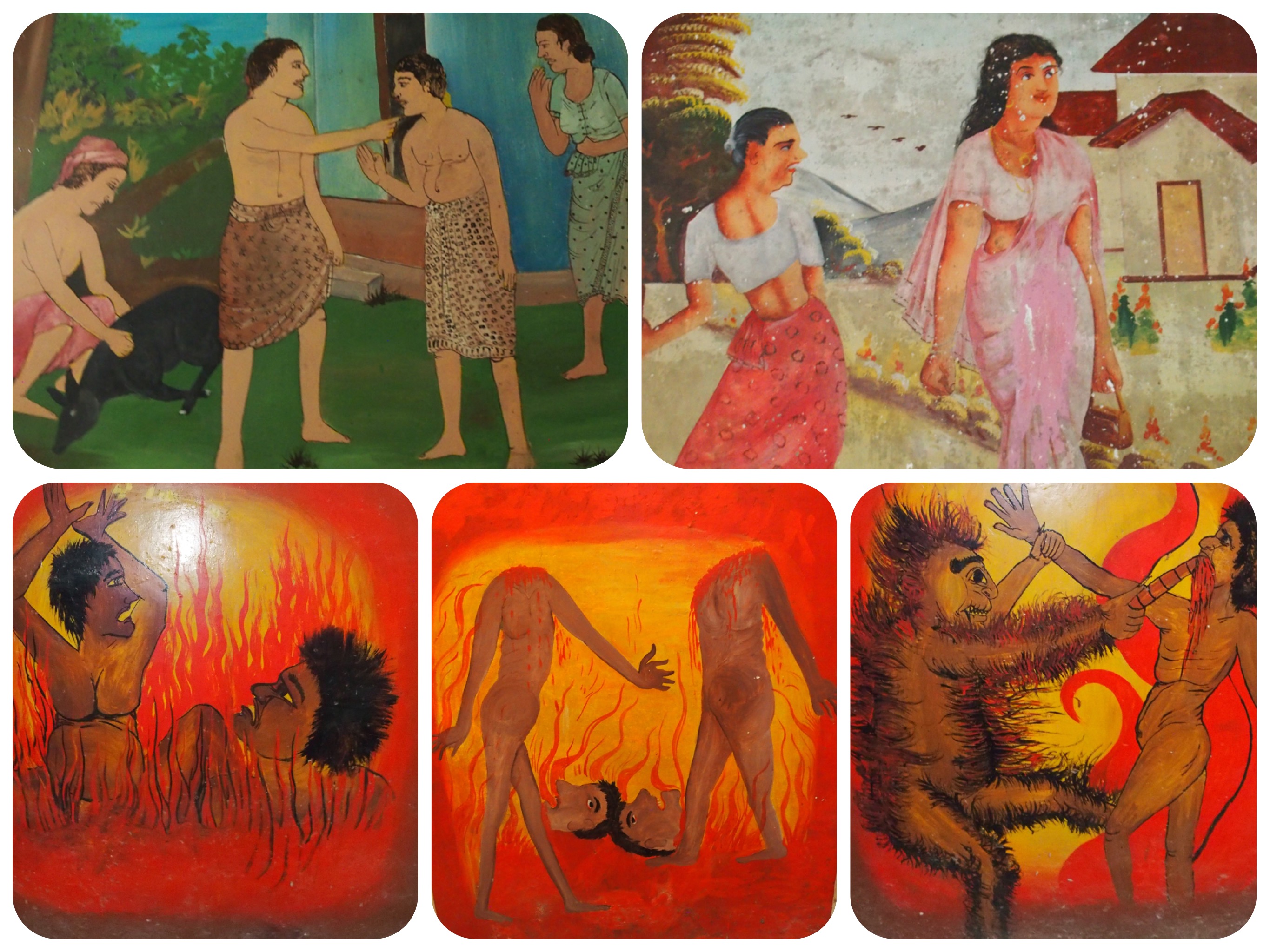
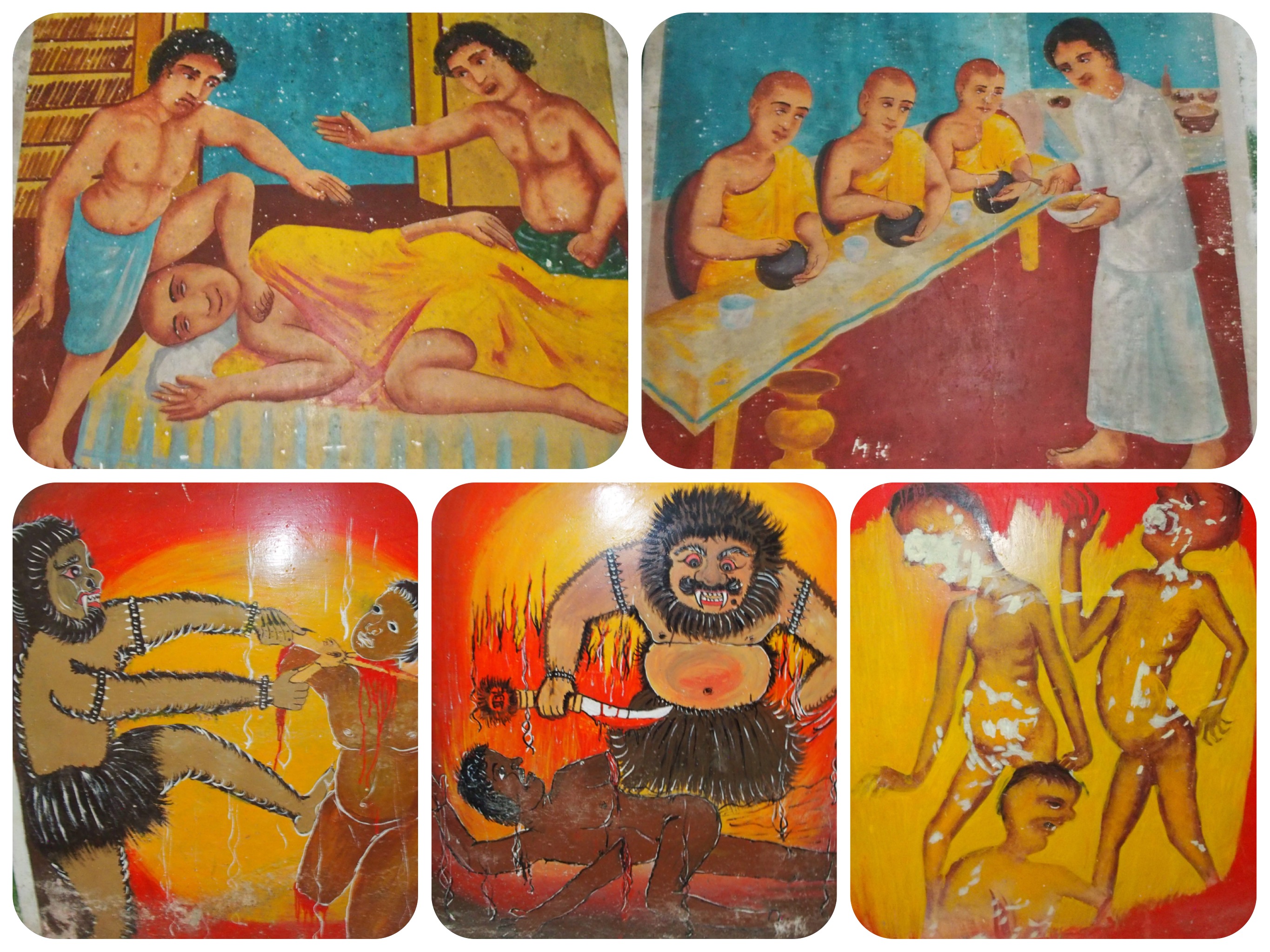
Wewurukannala Raja Maha Vihara Temple in Dikwella, Sri Lanka, and A Jataka Tale About The Monkey's Heart
Wewurukannala Temple is located east of Matara town, in the town of Dikwella.
It is a large temple complex with amazing Buddhist sculptures, art, paintings, and frescos.
The Wewurukannala Vihara temple was constructed during the reign of King Rajadhi (1782 – 1798), although there might have been an older, smaller temple on the site before that.
There is a large sculpture of a seated Buddha that is 160ft tall, the largest statue in all of Sri Lanka, which you can approach via a long set of many stairs.
The old temple is now enclosed inside a newer building, and you can peek into it to see the old statues and shrines.
The newer temple, which is now 250 years old, has a fantastic white entrance facade with lions decorating its front walls, designed in typical Sri Lankan architectural style.
I have seen similar white wall facades around Sri Lanka, decorating the entrances of old mosques as well as some churches.
These facades are truly beautiful pieces of architecture.
Behind the white entrance, there is a fantastically decorated temple with ornate paintings and statues, depicting tales and events of the Buddha’s life and past incarnations, including the famous Chulla Dhammapala Jataka Tale and other Jataka Stories.
There is a large Bodhi tree surrounded by a spacious courtyard, in which people sat and prayed, read thin books with Buddhist sutras and chanted.
As in other temples around Sri Lanka, there are candelabras that are shaped like a leaf of the Bodhi tree, as well as a covered long area to light small ceramic devotional candles, filled with wax or oil.
The temple has a very long tunnel of Hell, depicting life size models of demons and sinners that show, in very bloody and graphic detail, the gruesome suffering that awaits those who do not seek the path towards enlightenment.
We walked down the hell tunnel along with many other families, looking at the paintings all over the walls, which are arranged in two levels, upper and lower.
The upper paintings depict all the wrongdoing people do or can do, and below them are the paintings depicting all the many punishments, including being drowned in boiling cauldrons, sawn in half, disemboweled and so on.
Because Sri Lanka is a Buddhist country, a painting from the temple depicting one of the Jataka tales, was selected to be on the Vesak National stamps in 1991.
Many of Sri Lanka’s temple murals were chosen to be on the stamps, for it is believed that the life that the Buddha lived can be followed by anyone.
And by following the example of the Buddha, one can achieve Buddhahood and finally, full enlightenment.
A Buddha is not a God that is different from any of us, for we are all gods who have forgotten our Divine True Nature, and in our delusional sleep, we roam the earth like homeless, helpless creatures, completely oblivious to the power and majesty that is within us.
The Buddha, much like Jesus the Christ, has developed Himself in the course of countless births, to be far more full of light, compassion and love, beyond the capacity of all other human beings.
The one who has resolved to become like Jesus and like a Buddha, strives in each of her births to become better and wiser and free of envy, anger and greed, until at last she becomes perfect.
She becomes illuminated, she becomes a Buddha; for the Buddha means the ‘Perfect’, ‘Awakened’, the ‘Enlightened’ One.
Before she reaches this high state of perfection, she is called a ‘Bodhisatva’, one who is on the road to perfection.
The Jataka tales, which tell the stories of the former lives of the Buddha, have been told and retold by monks during their Dhamma sermons, by Buddhist grandparents to their grandchildren, and by parents to their sons and daughters.
The tradition of Buddhists encouraging their children to seek the path of righteousness and enlightenment goes on.
These stories also adorn the walls of temples around Sri Lanka, and all over the Buddhist world, where skilled artists have related them in their own styles for the devotees to see, study, absorb and develop their own understanding of the path towards enlightenment.
Art is a medium through which an exemplary life can be taught to ordinary people and to those who are afraid, too busy, or too caught up in the muck and mire of daily living.
The paintings primarily attempt to represent the spirit rather than a specific form of religion - a spiritual story with a heavenly ending, rather than preaching a doctrine.
Be it an ancient cave, a shrine or an elaborate temple, the walls and ceiling spaces were always decorated and elaborately covered with Jataka stories.
The wall paintings in this temple also realistically depict local monks much loved by the devotees.
Remember that you are NOT just a human being, living at the mercy of circumstances, at the mercy of the fluctuating weather, the trends, the political winds..... you ARE ONE with the DIVINITY that created it all...
You are God, appearing as many faces over time and space...
Who else can you be?
A Jataka Tale About The Monkey's Heart
Once upon a time, while Brahmadatta was king of Benares, a Bodhisatta came to life at the foot of the Himalayas as a monkey.
He grew strong and sturdy, big of frame, well to do, and lived by a curve of the river Ganges in a forest haunt.
Now at that time there was a crocodile dwelling in the Ganges.
The crocodile's mate saw the great frame of the monkey, and she conceived a longing to eat his heart.
So she said to her husband, "Sir, I desire to eat the heart of that great king of the monkeys!"
"Good wife," said the crocodile, "I live in the water and he lives on dry land.
How can we catch him?"
"By hook or by crook," she replied, "he must be caught.
If I don't eat him, I shall die."
"All right," answered the crocodile, consoling her, "don't trouble yourself.
I have a plan.
I will give you his heart to eat."
So when the Bodhisatta was sitting on the bank of the Ganges, after taking a drink of water, the crocodile drew near, and said:
"Sir Monkey, why do you live only on fig fruits in this old familiar place?
On the other side of the Ganges there is no end to the mango trees, and trees, with fruit sweet as honey!
Is it not better to cross over and have all kinds of wild nuts and fruit to eat?"
"Lord Crocodile," the monkey answered. "The Ganges is deep and wide.
How shall I get across?"
"If you want to go, I will let you sit upon my back, and carry you over." Said the crocodile.
The monkey trusted him, and agreed.
The monkey climbed on the crocodile’s back.
But when the crocodile had swum a little way, he plunged the monkey under the water.
"Good friend, you are letting me sink!" cried the monkey.
"Why?....I trusted you.....What is that for?"
The crocodile said, "You think I am carrying you out of pure good nature?
Not a bit of it!
My wife has a longing for your heart, and I want to give it to her to eat!"
"Friend," said the monkey, "It is nice of you to tell me, but let me tell you something.
If our hearts were inside us monkeys, when we go jumping among the tree tops, they would be all knocked down and shattered to pieces!"
"Well, where do you keep your hearts?" asked the crocodile.
The Bodhisatta pointed out to a huge fig tree, with clusters of ripe fruit, standing not far off on the shores where he came from.
"See," said he, "There we keep our hearts hanging on yonder fig tree."
"If you will give me your heart," said the crocodile, "Then I won't kill you."
"Take me to the tree, then, and I will point my heart out to you."
The crocodile brought him to the place.
The monkey leapt off his back, and, climbing up the fig tree, sat upon it.
"Oh silly crocodile!" said he.
"You thought that there were creatures that kept their hearts in a treetop!
You are a fool, and I have outwitted you!
You may keep your fruit to yourself.
Your body is great, but you have no sense."
And then to explain the idea more, the Bodhisattva said:
“Trees laden with Rose-apple, jack-fruit and mangoes,
Across the water I can see.
Enough of them, I want them not,
My fig is good enough for me!
Great might be your body, Sir Crocodile,
But how much smaller is your wit!
Now go on your ways,
For I have better friends to meet.
I shall not crave the fruit of far off trees,
But the sweet Amrita nectar of eternity...”
With everlasting love,
Tali